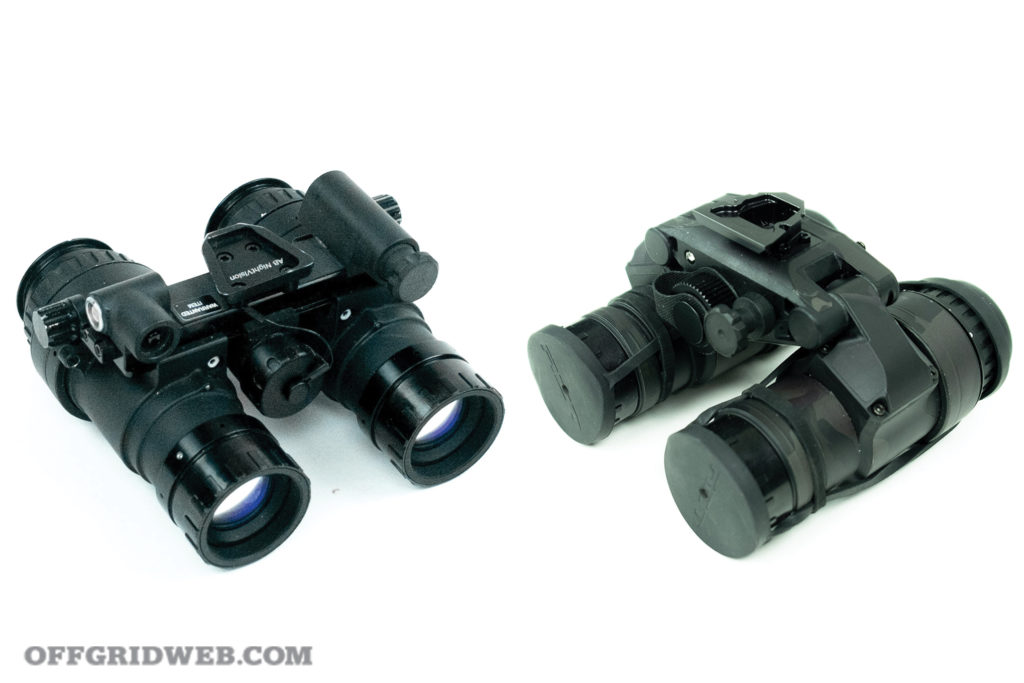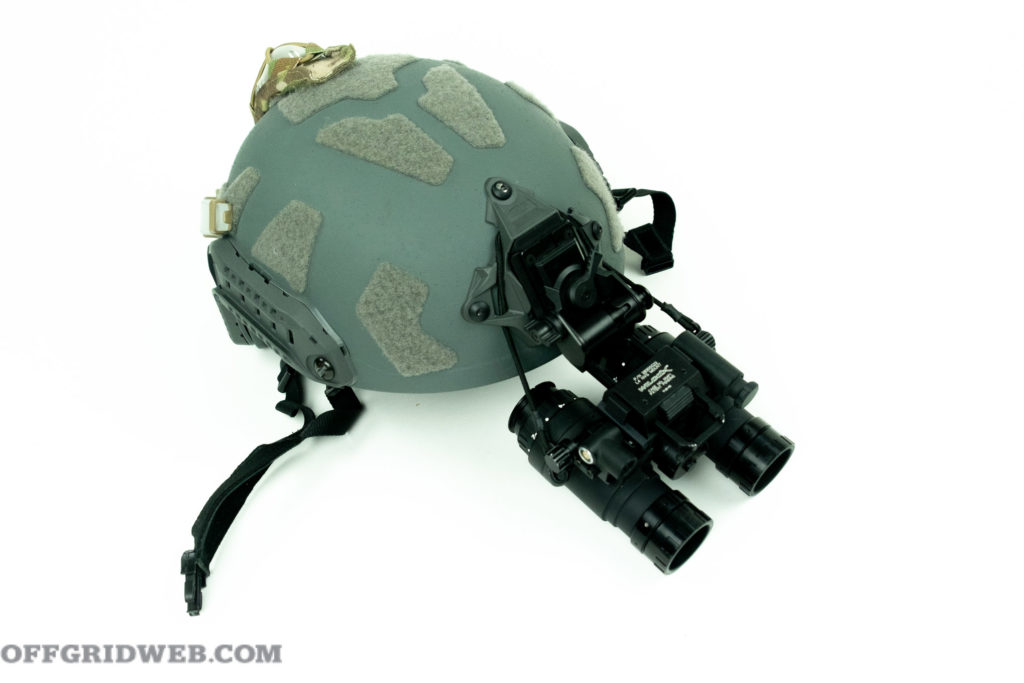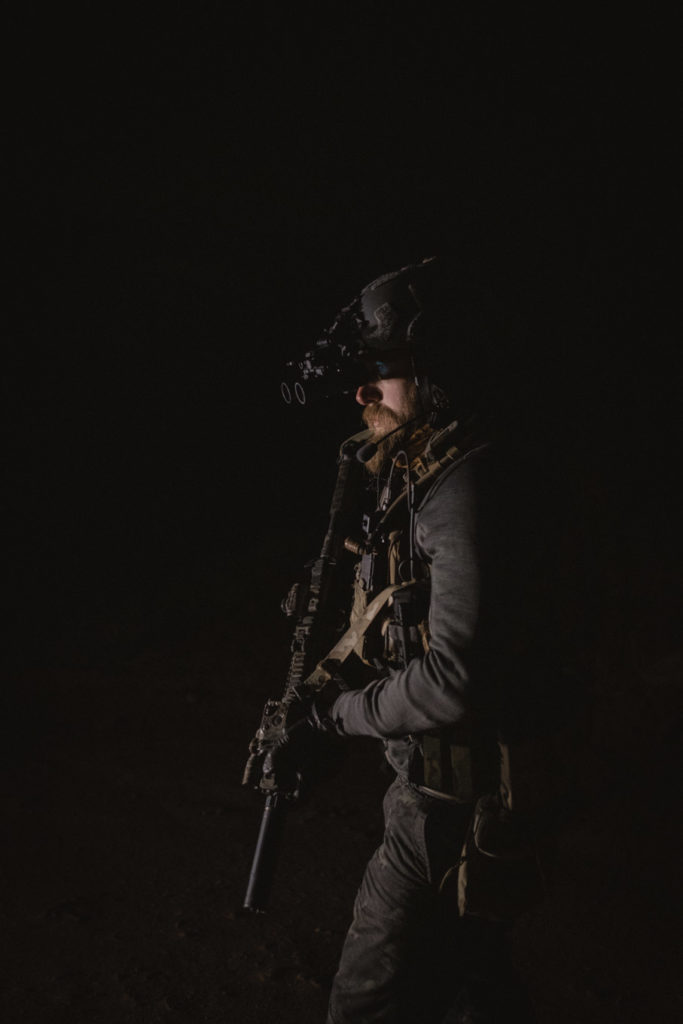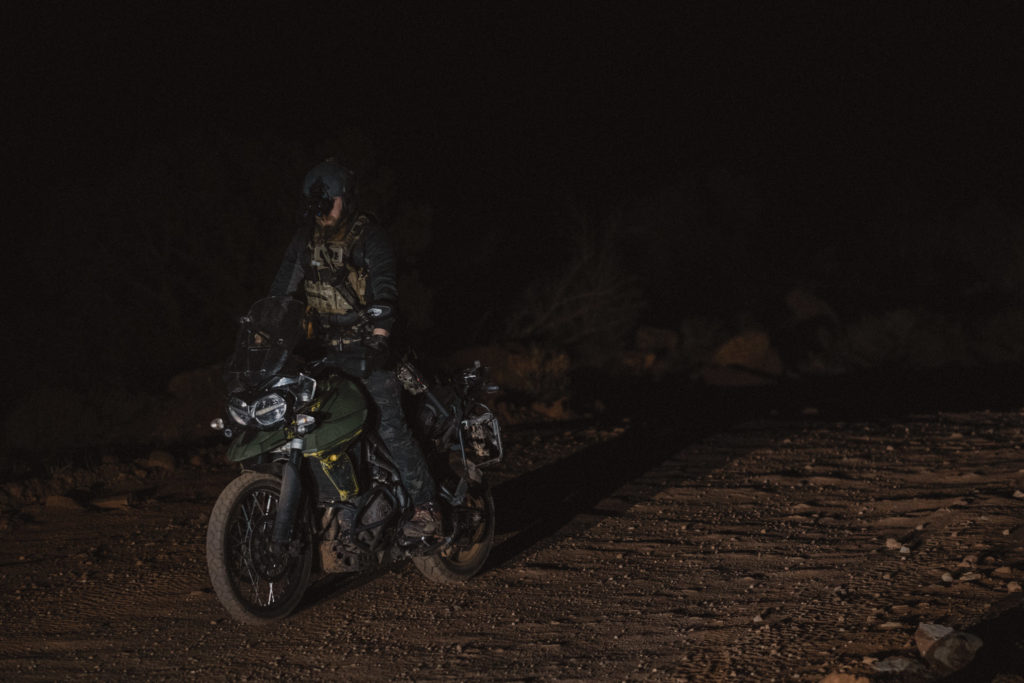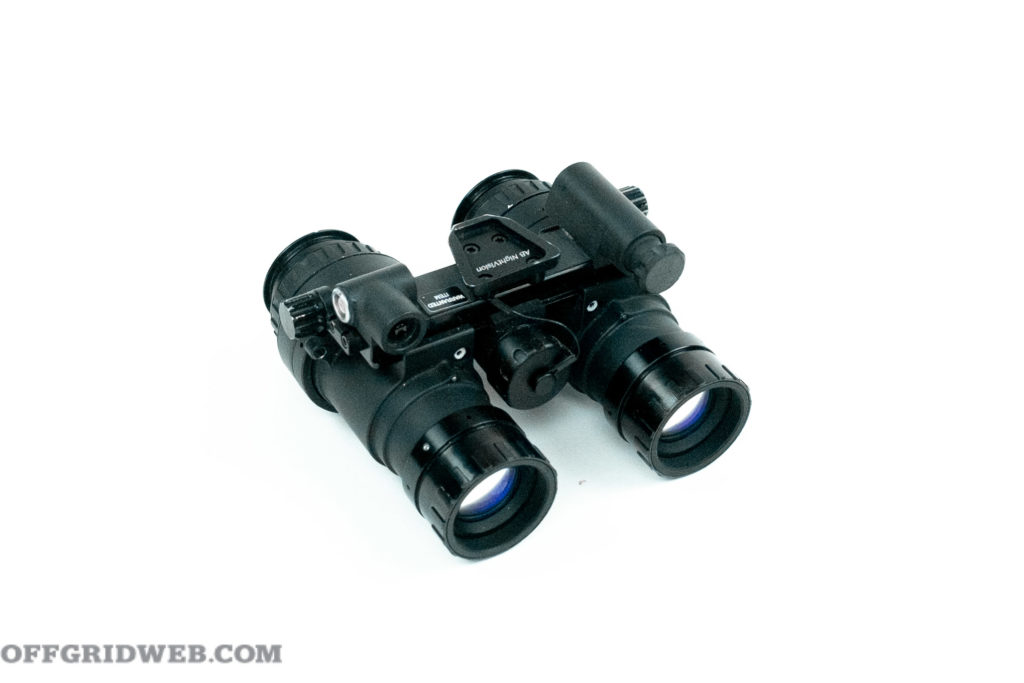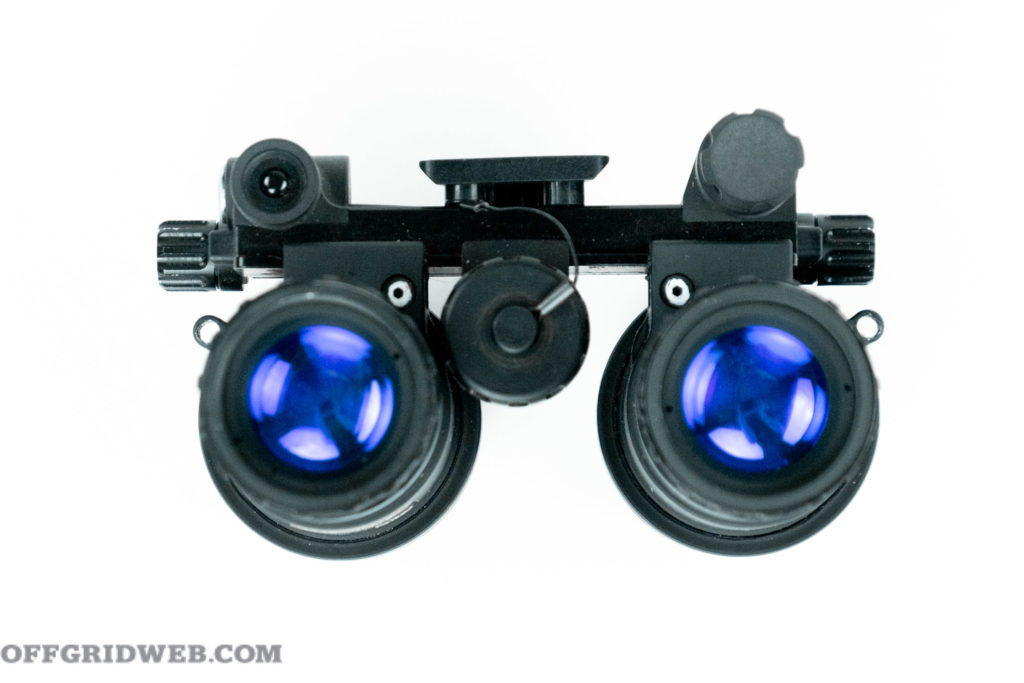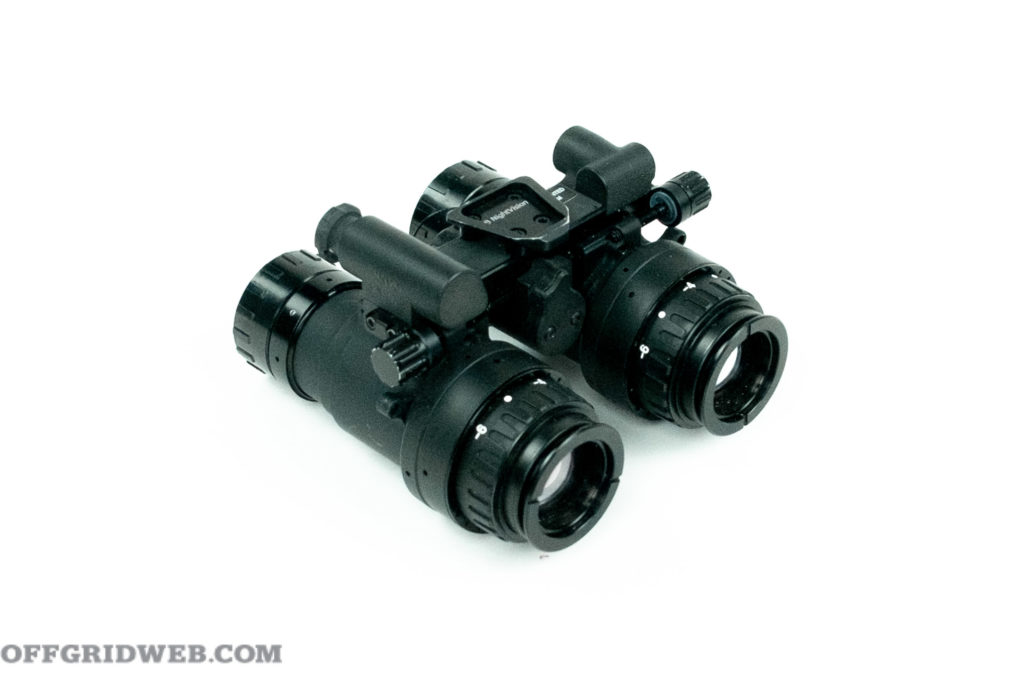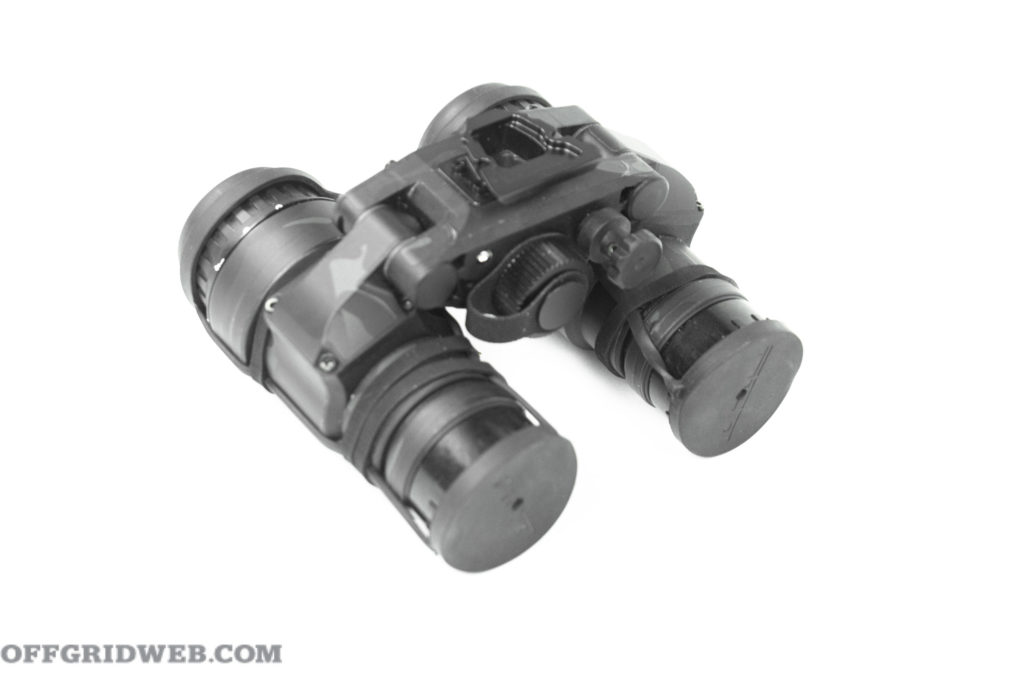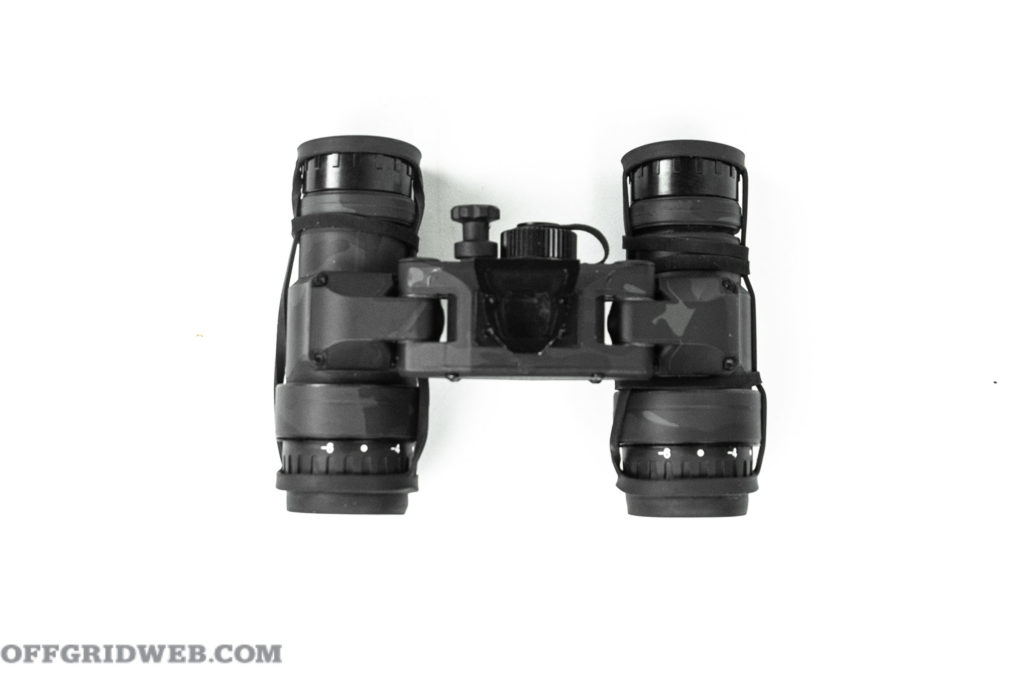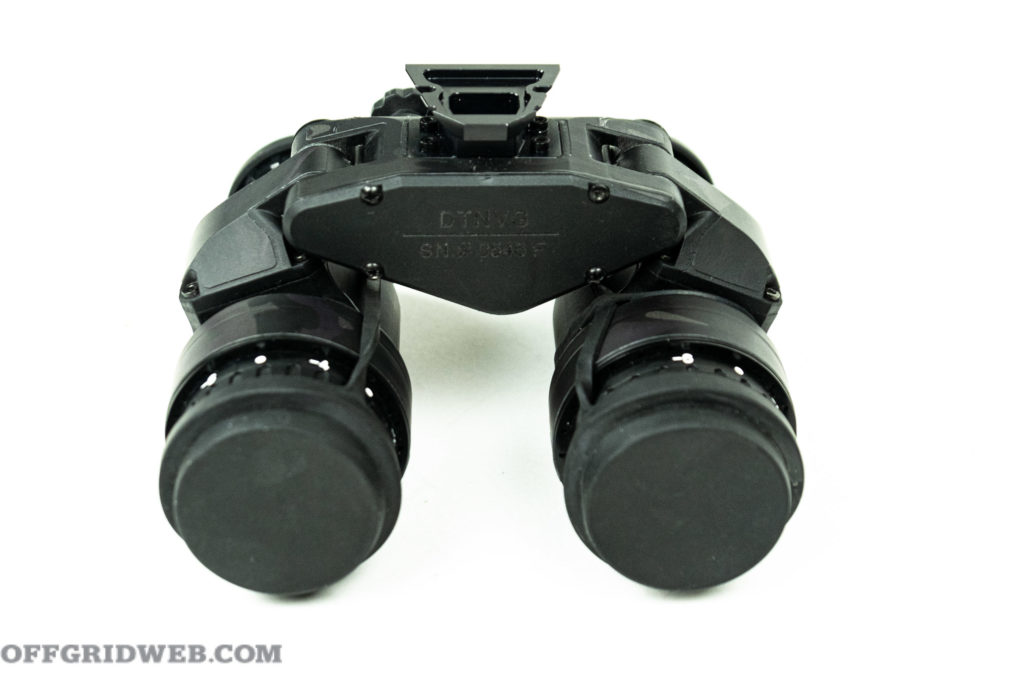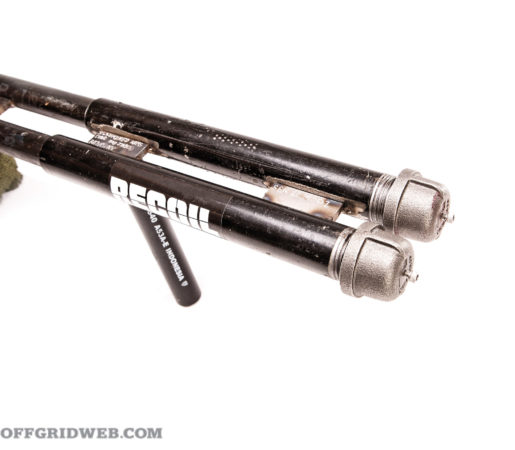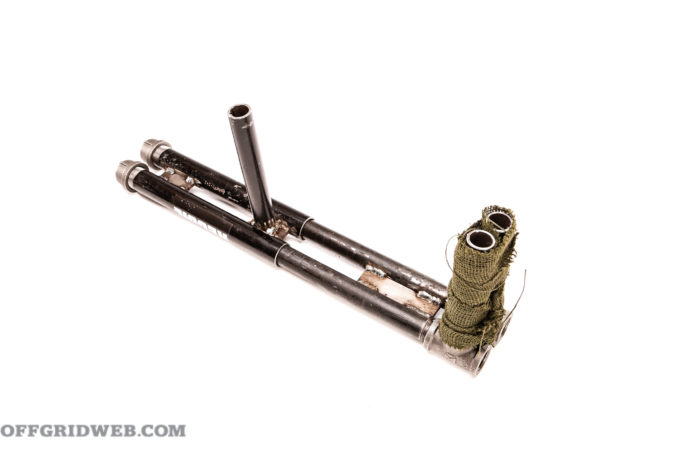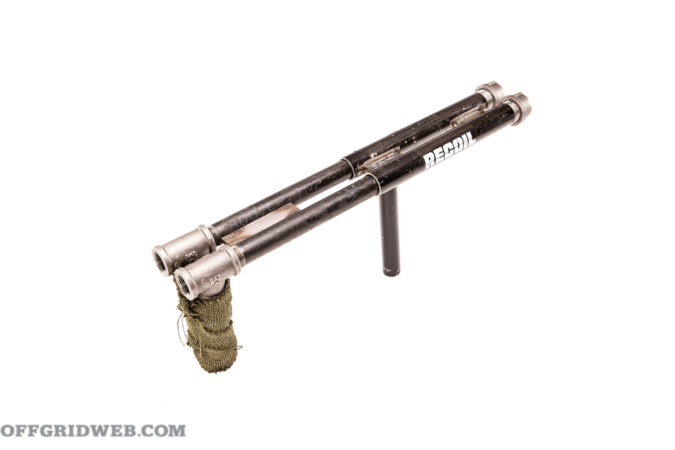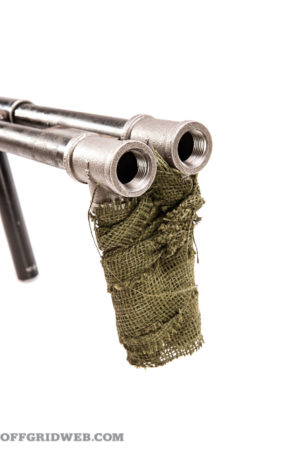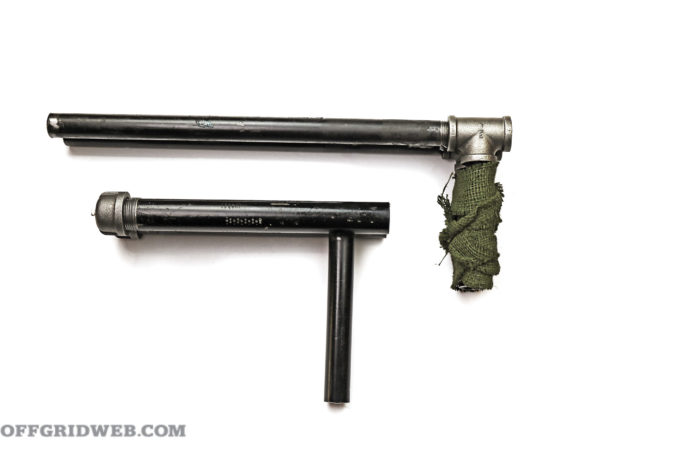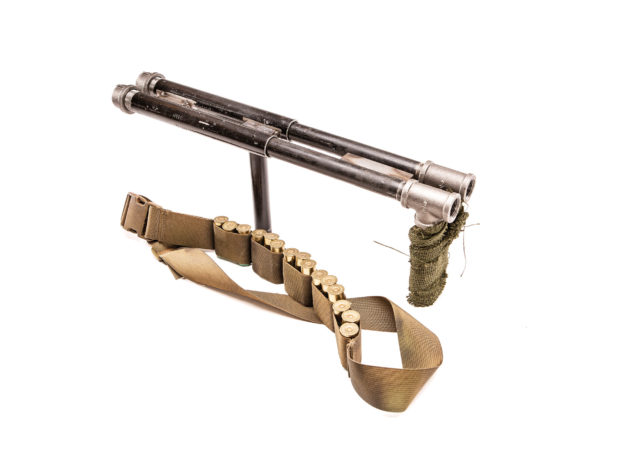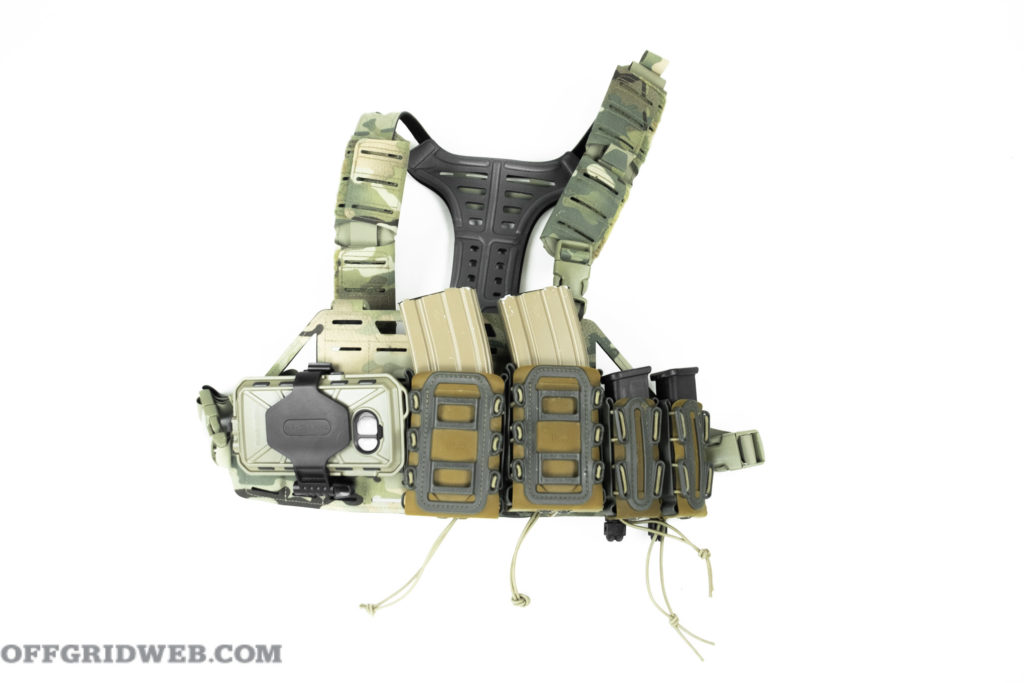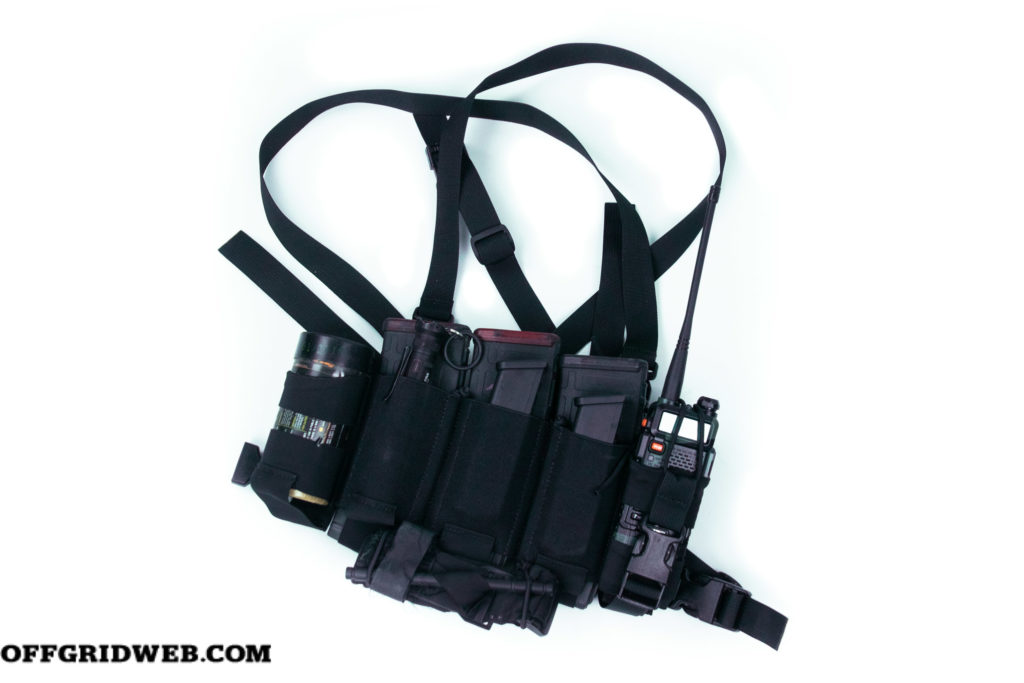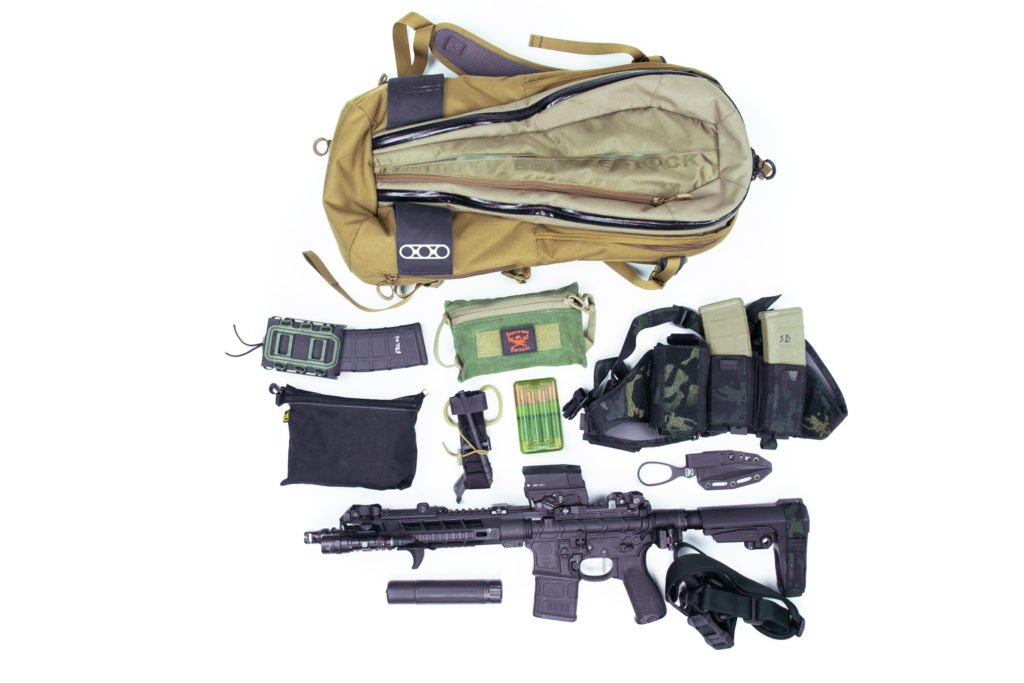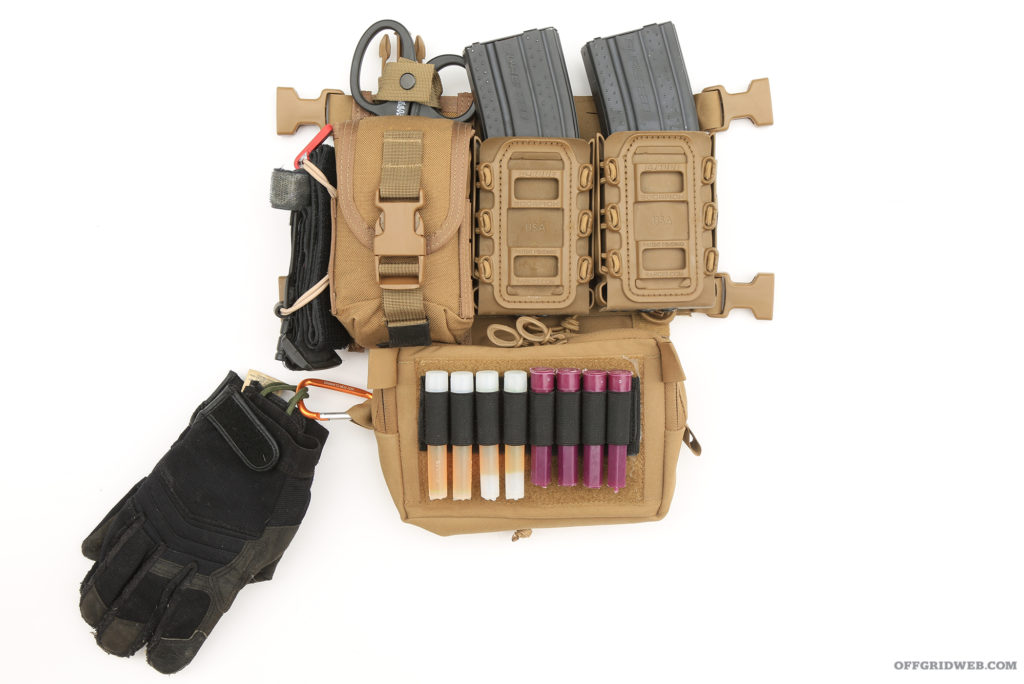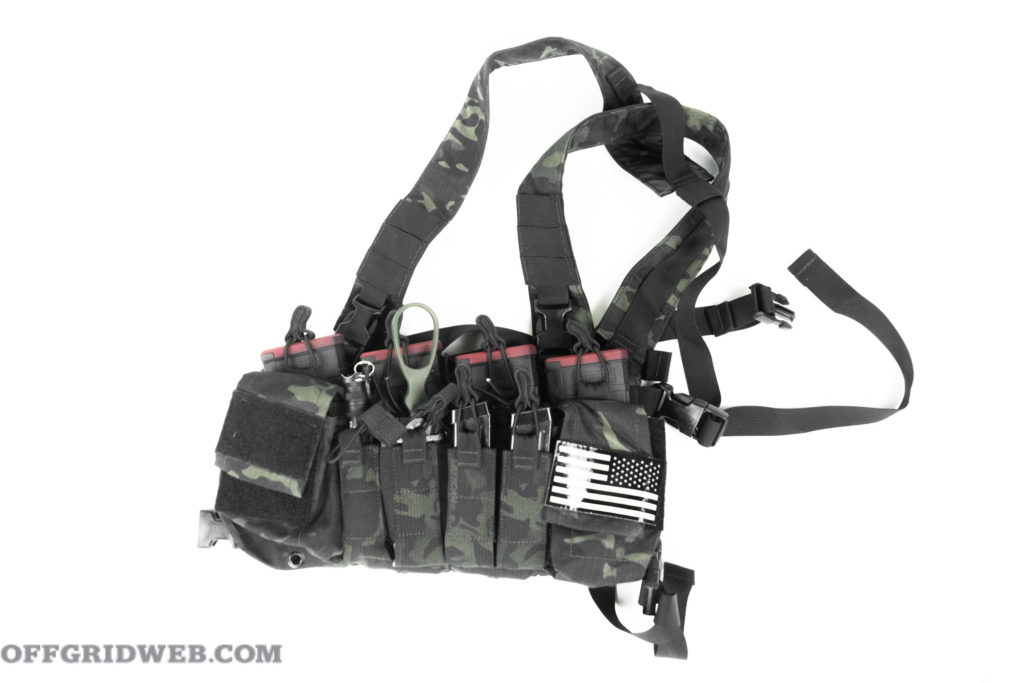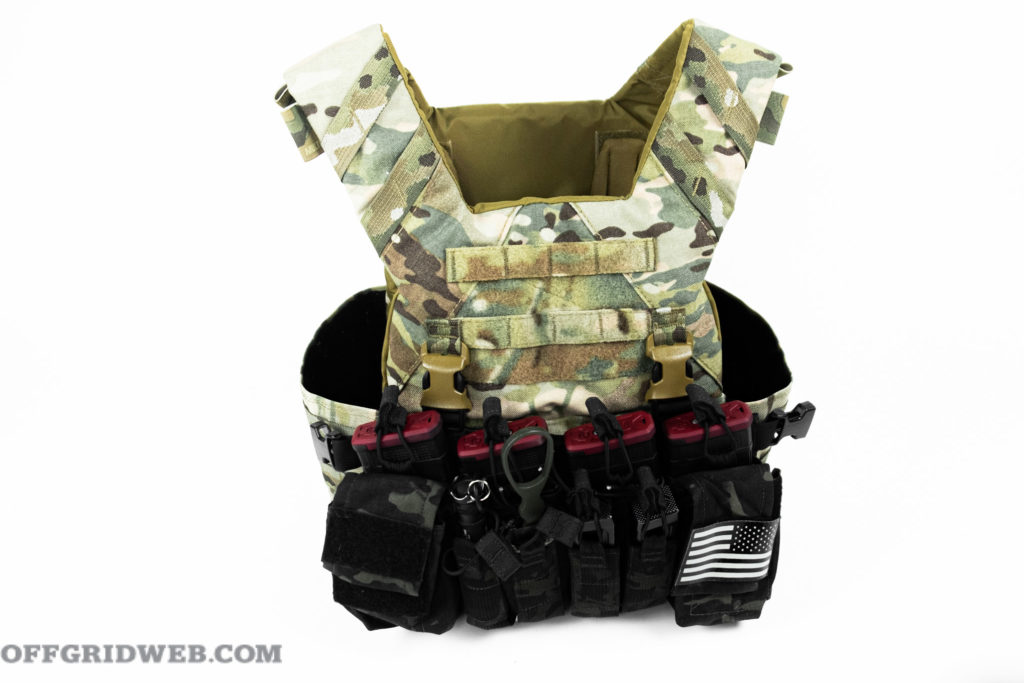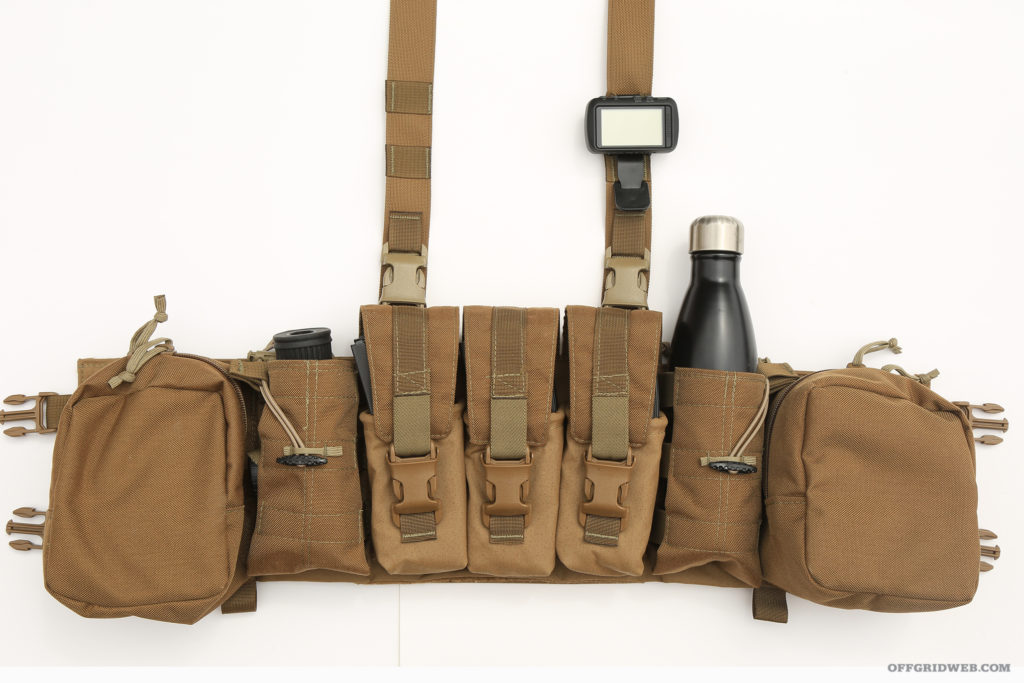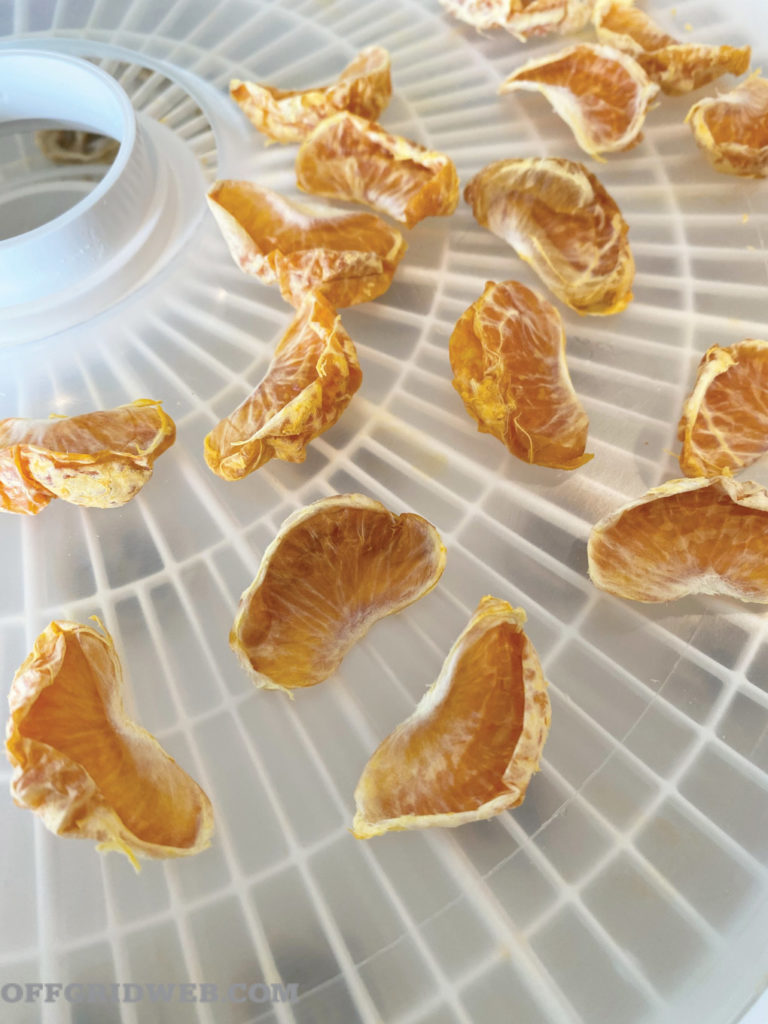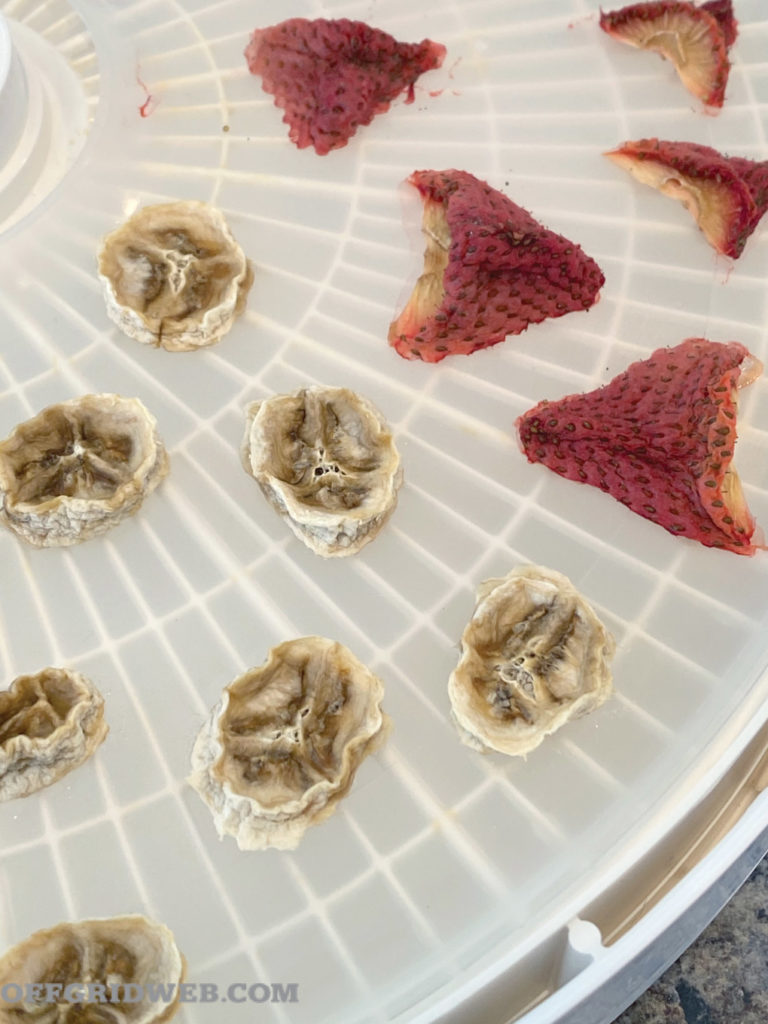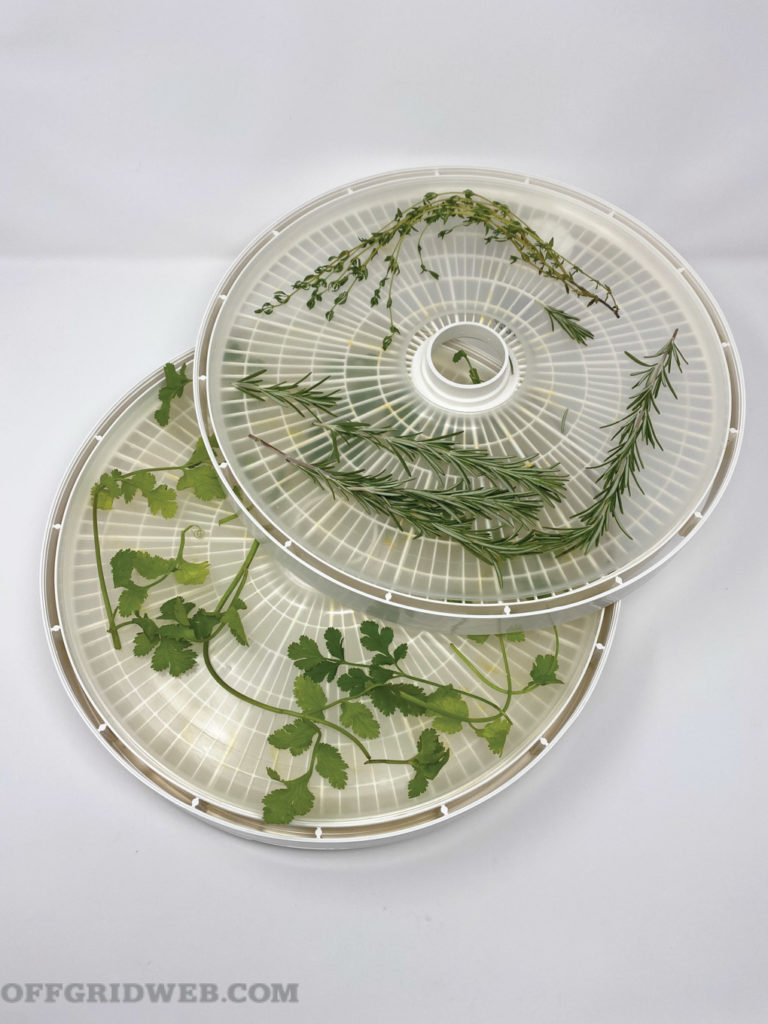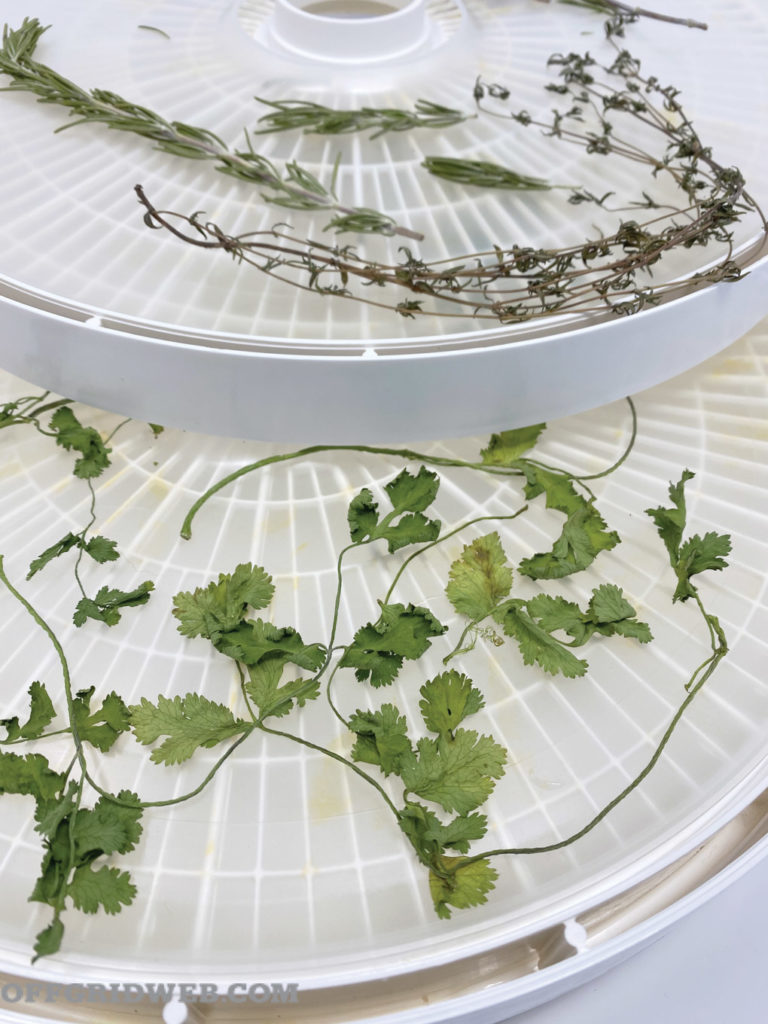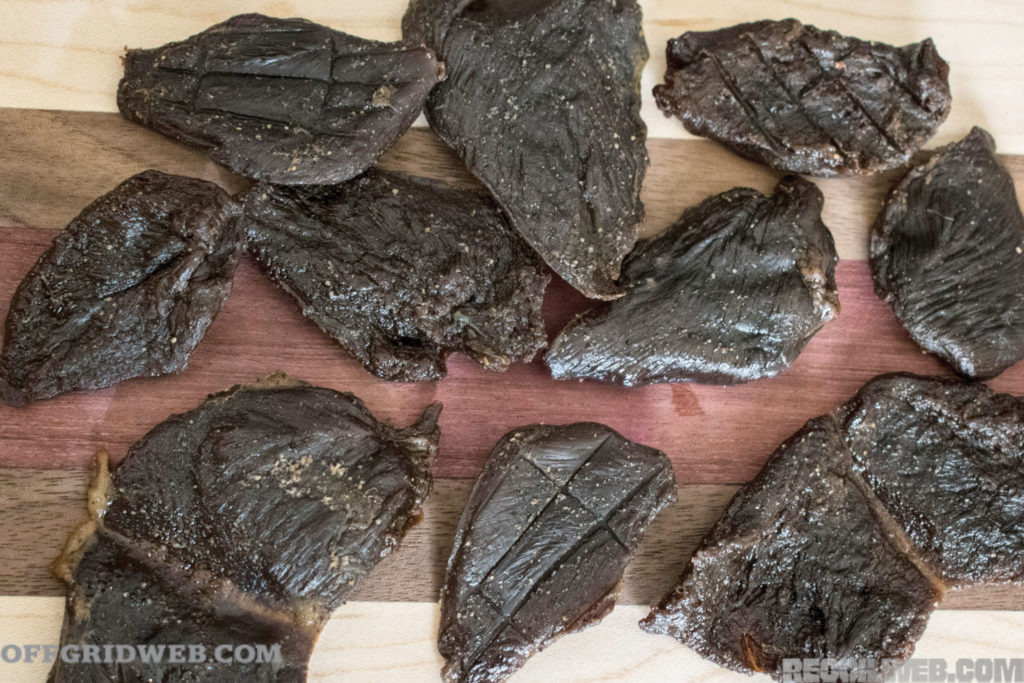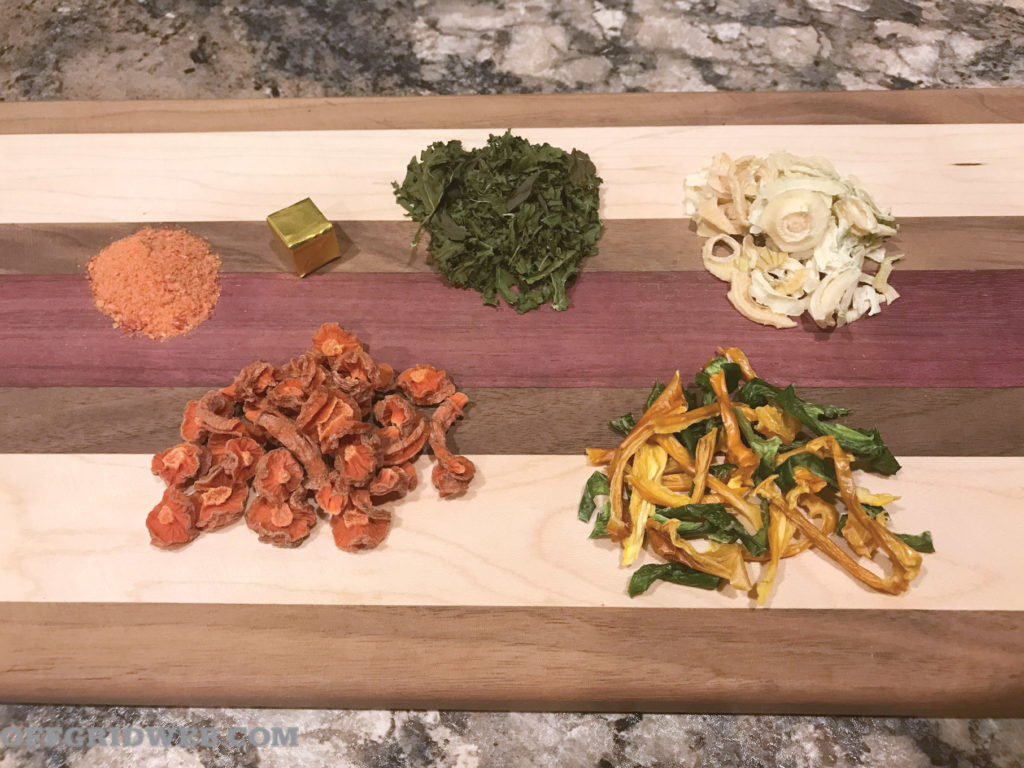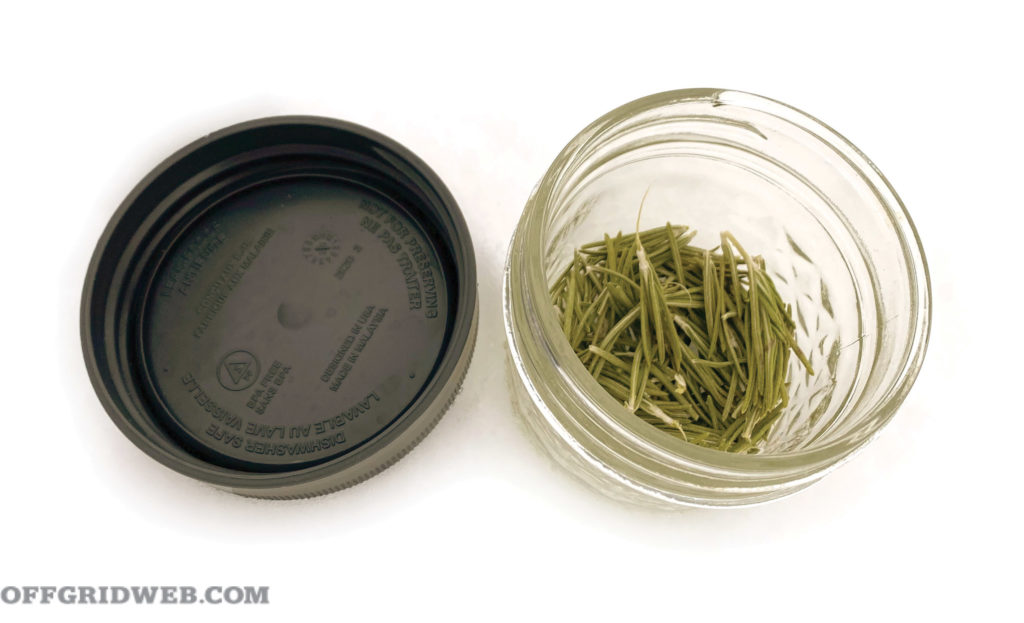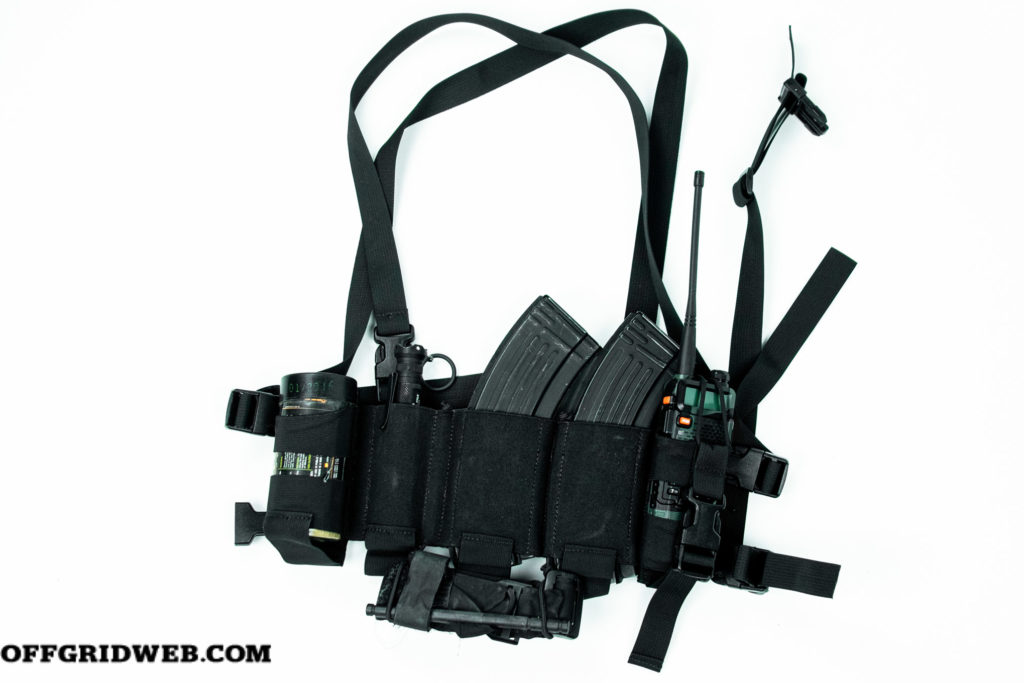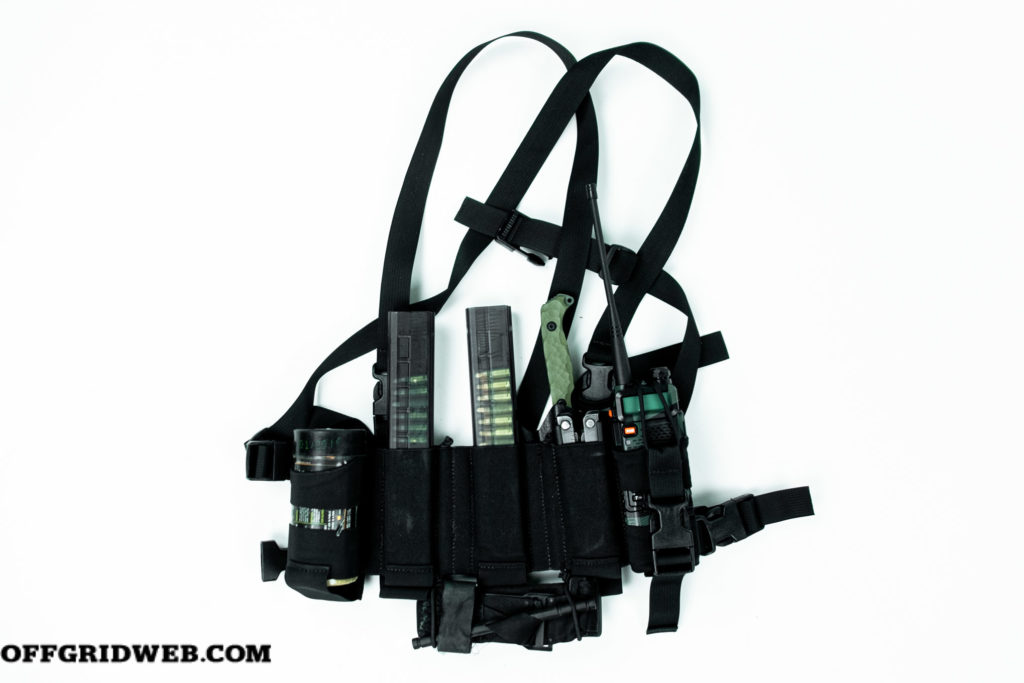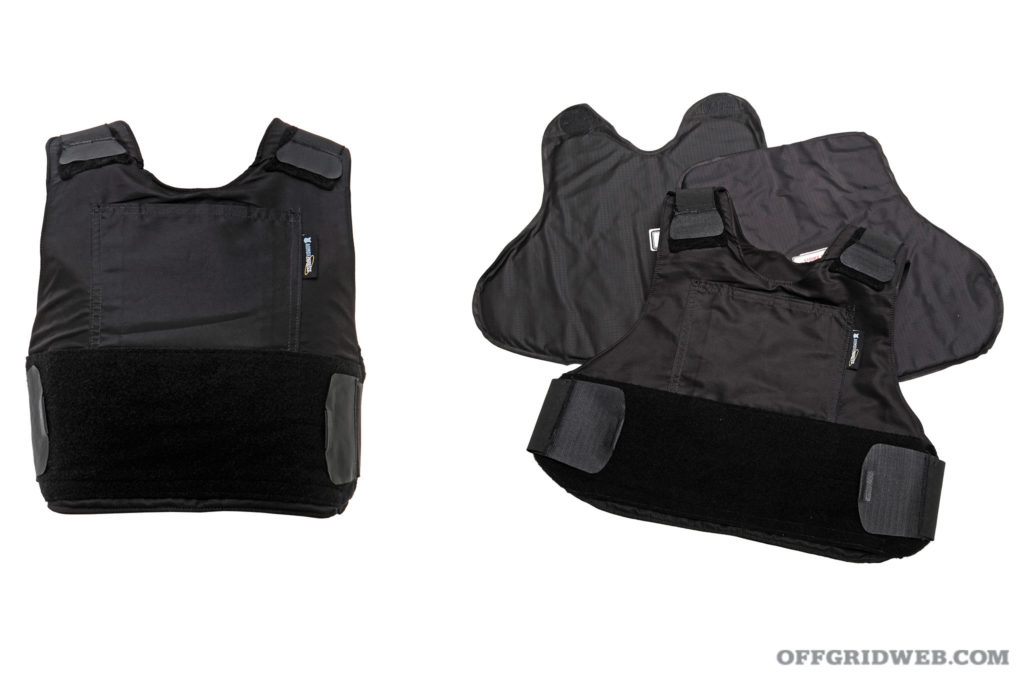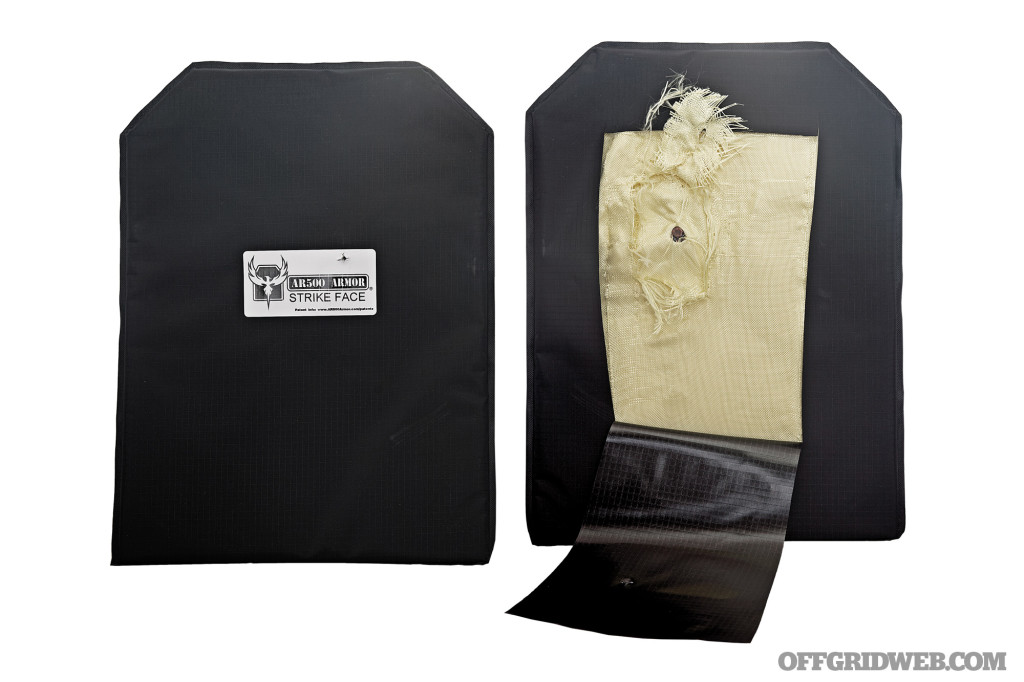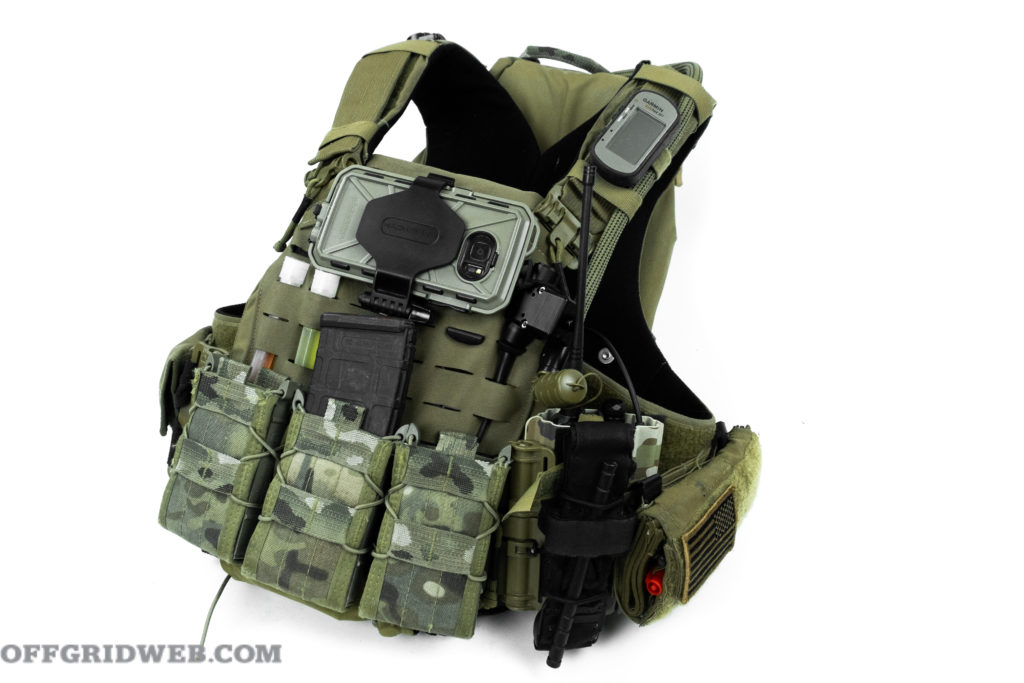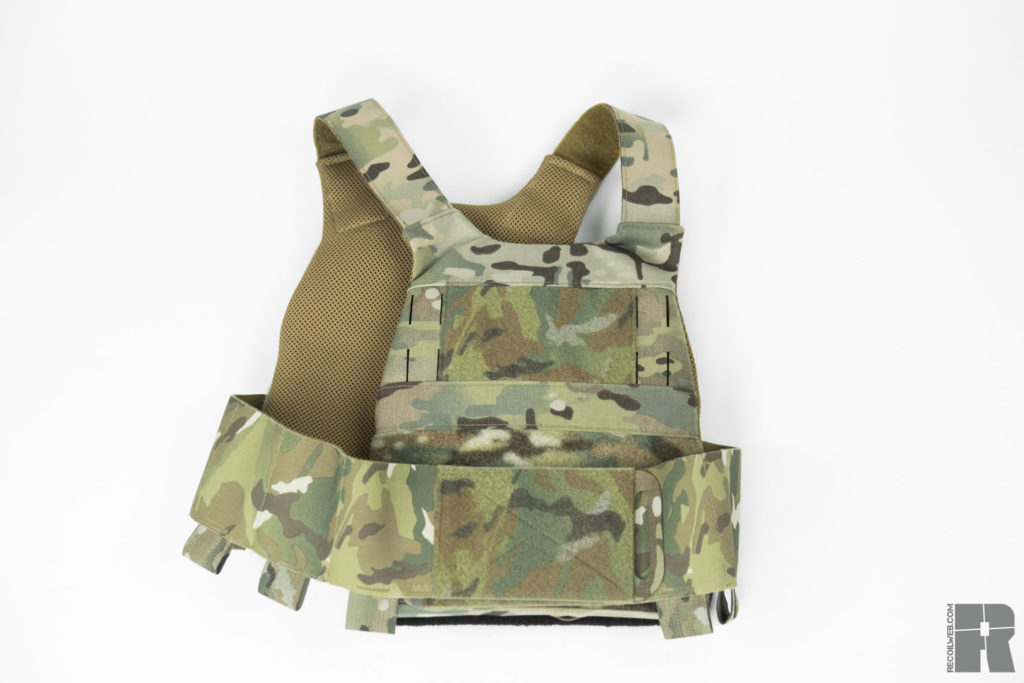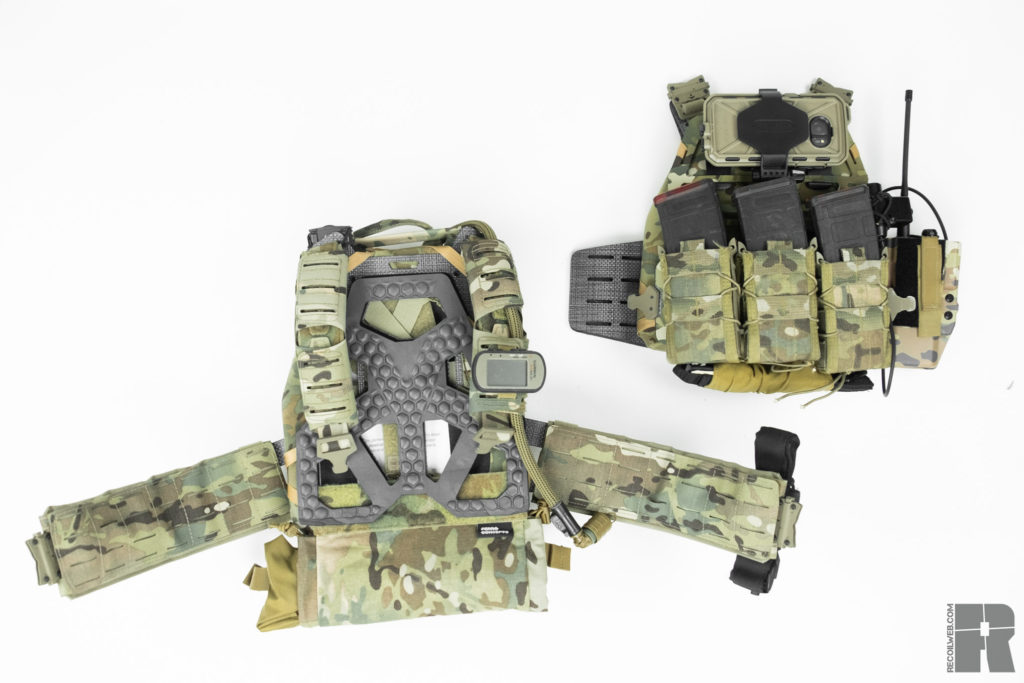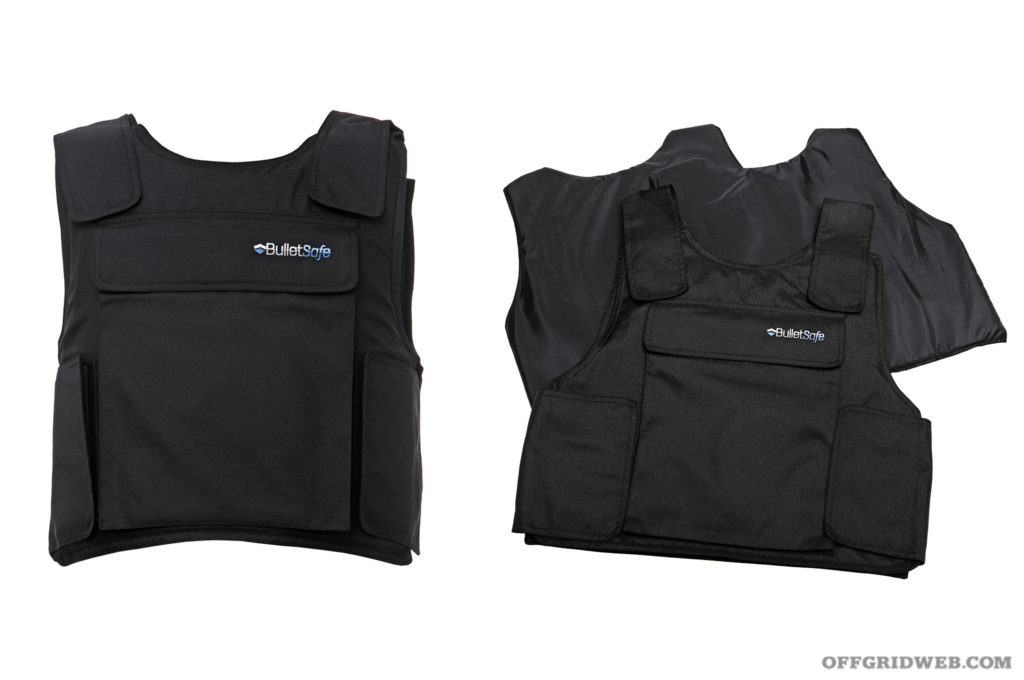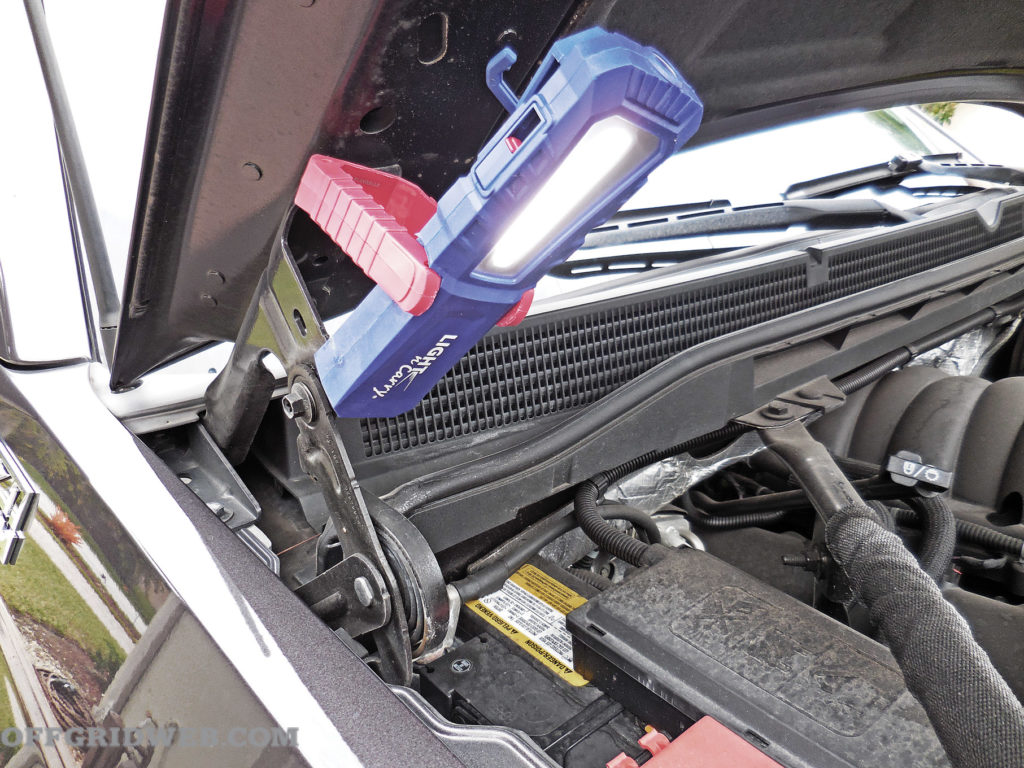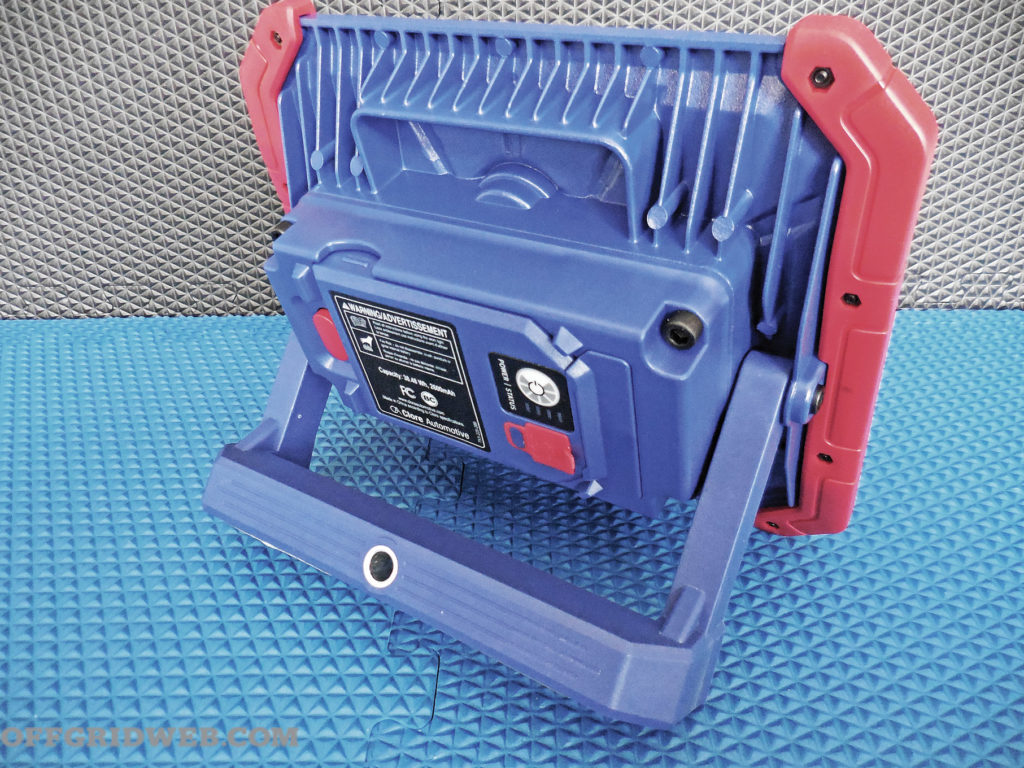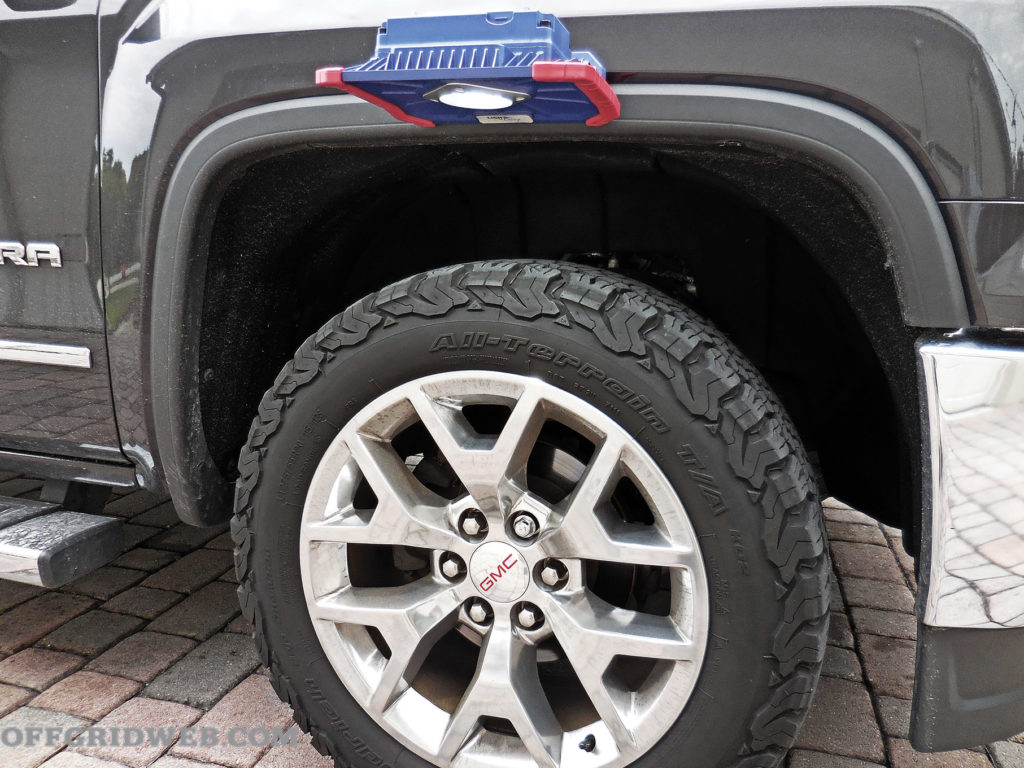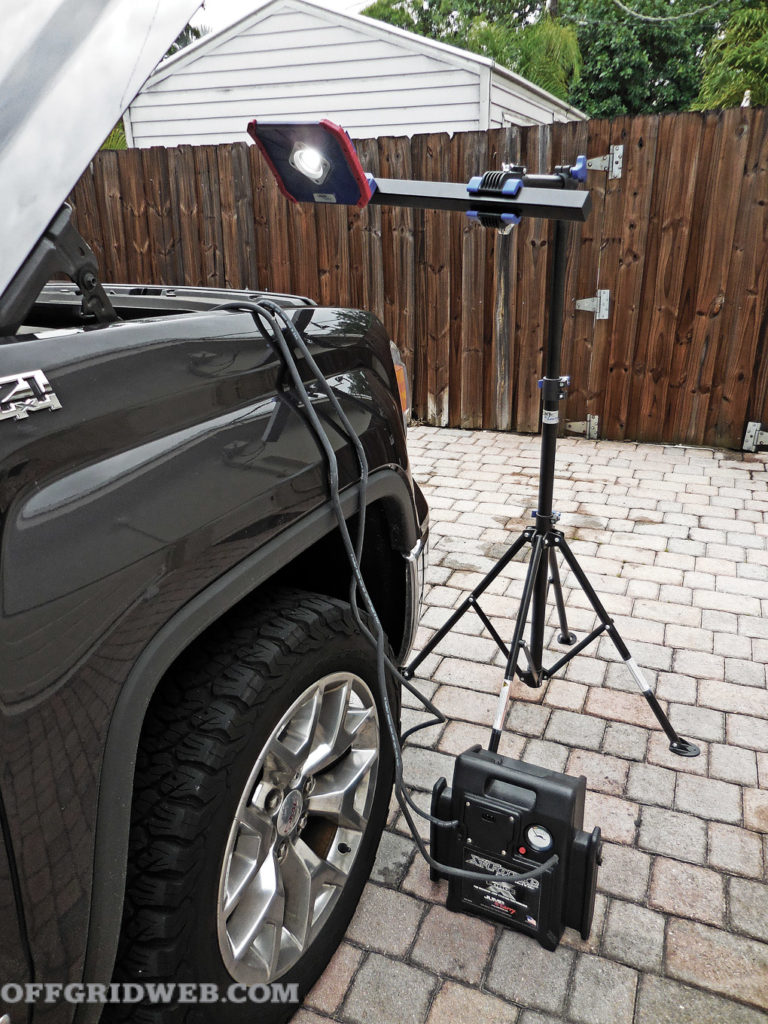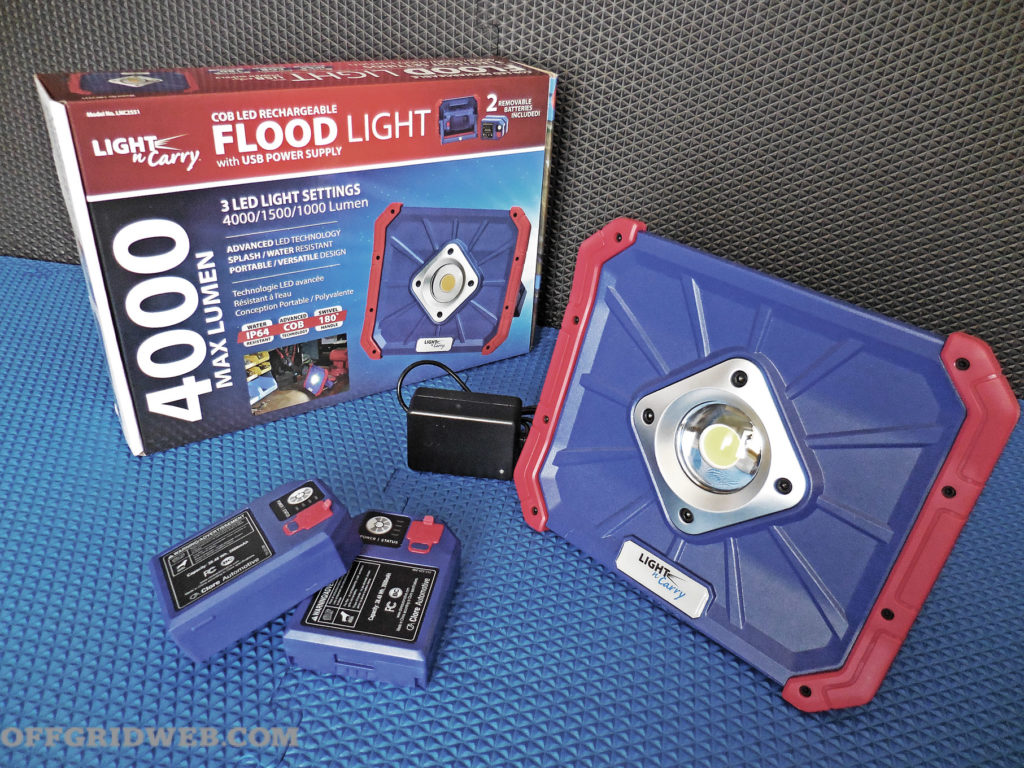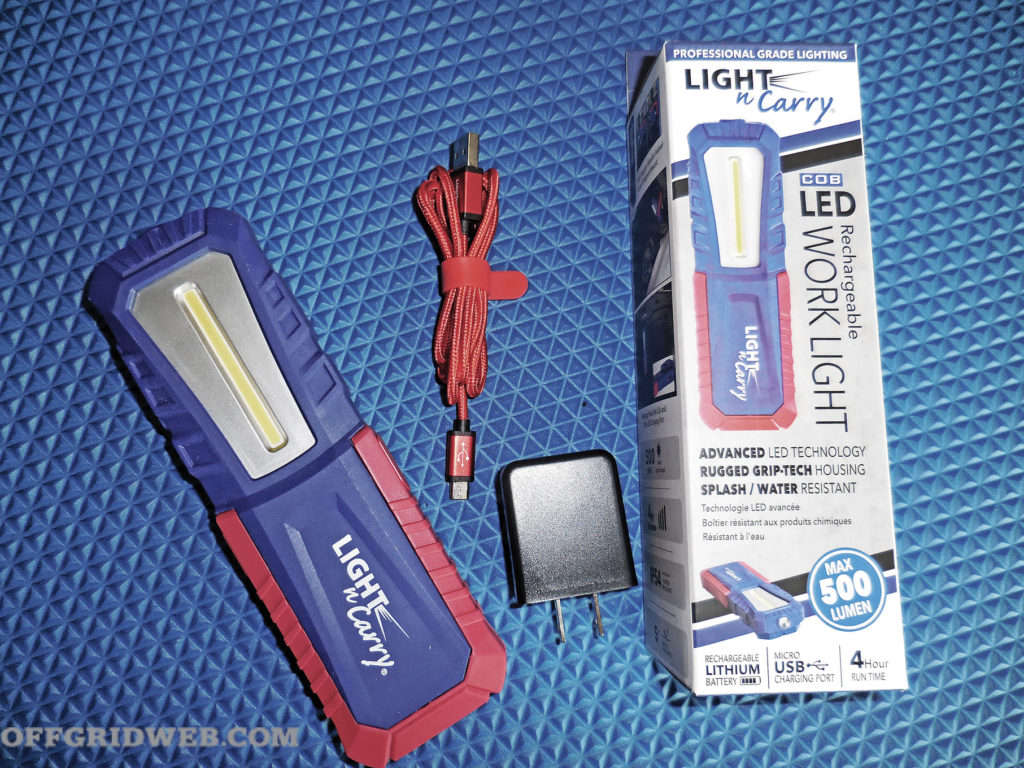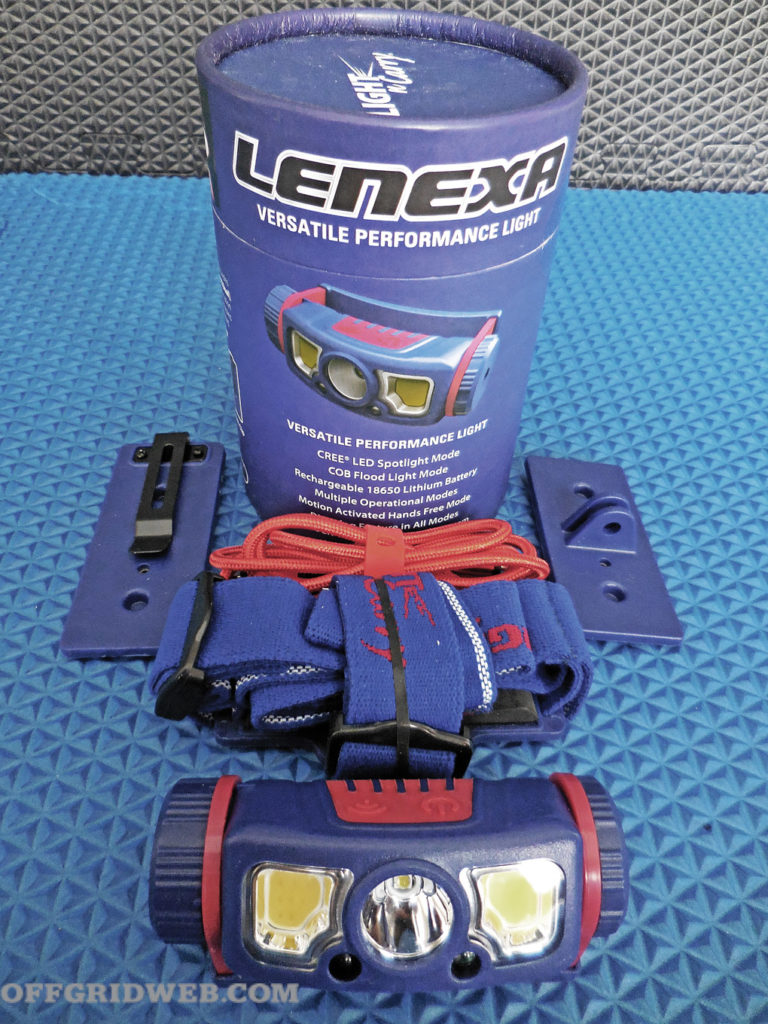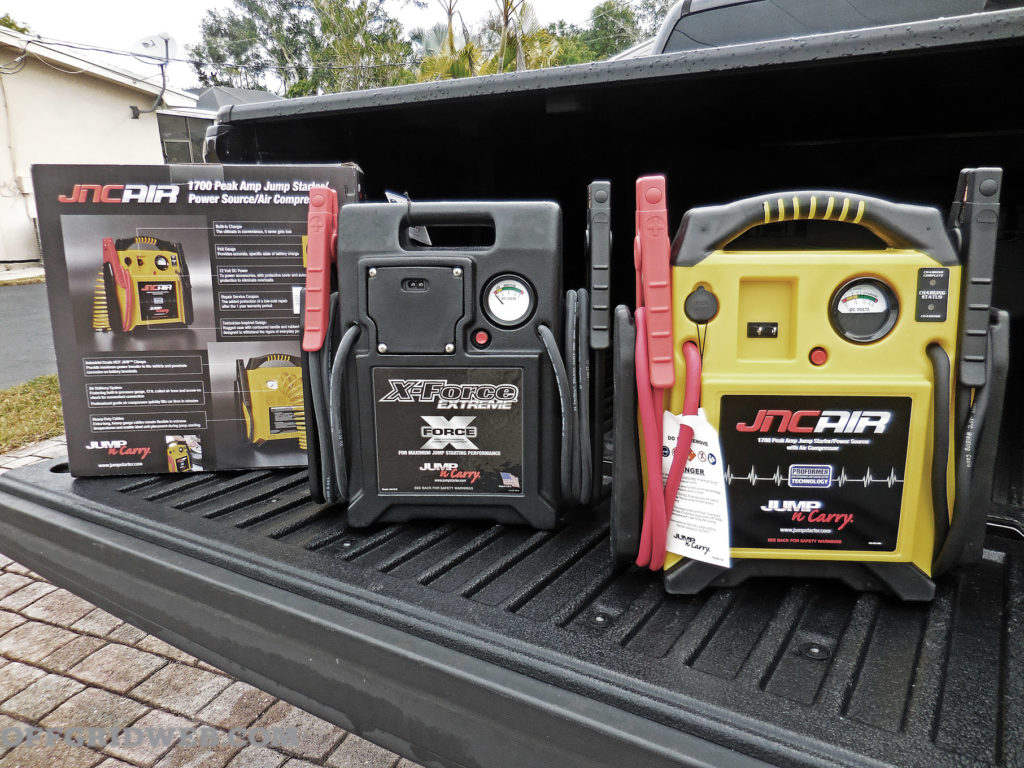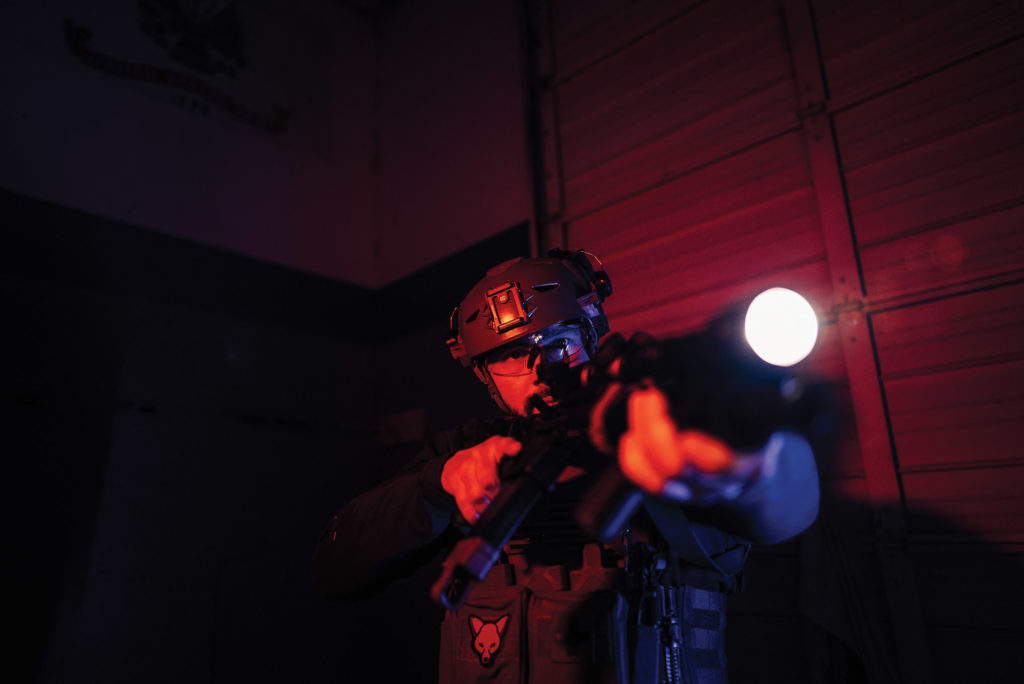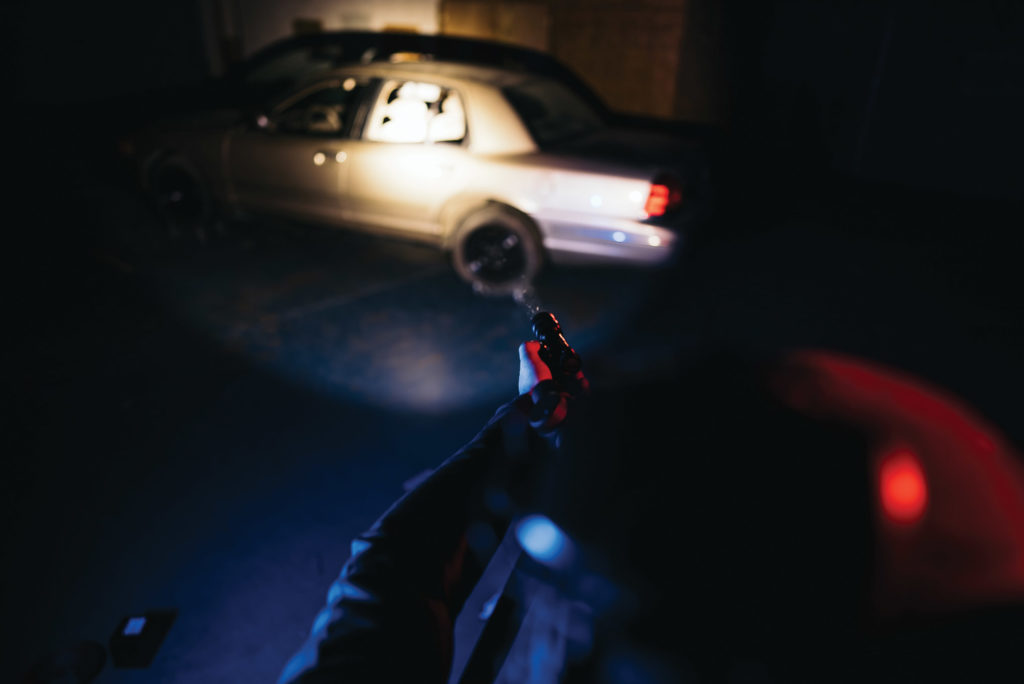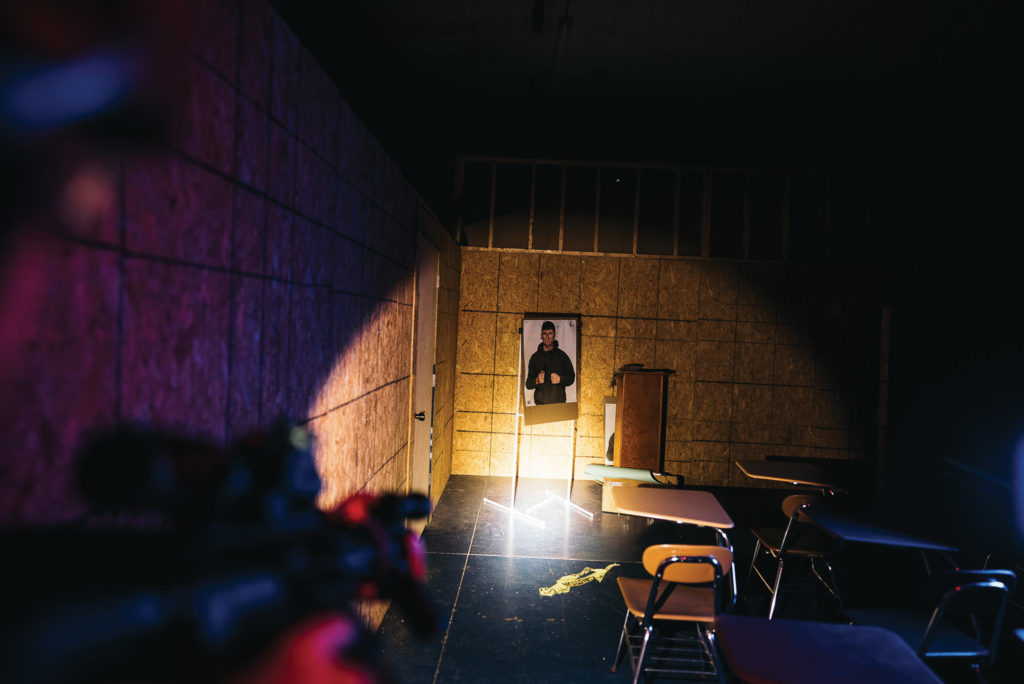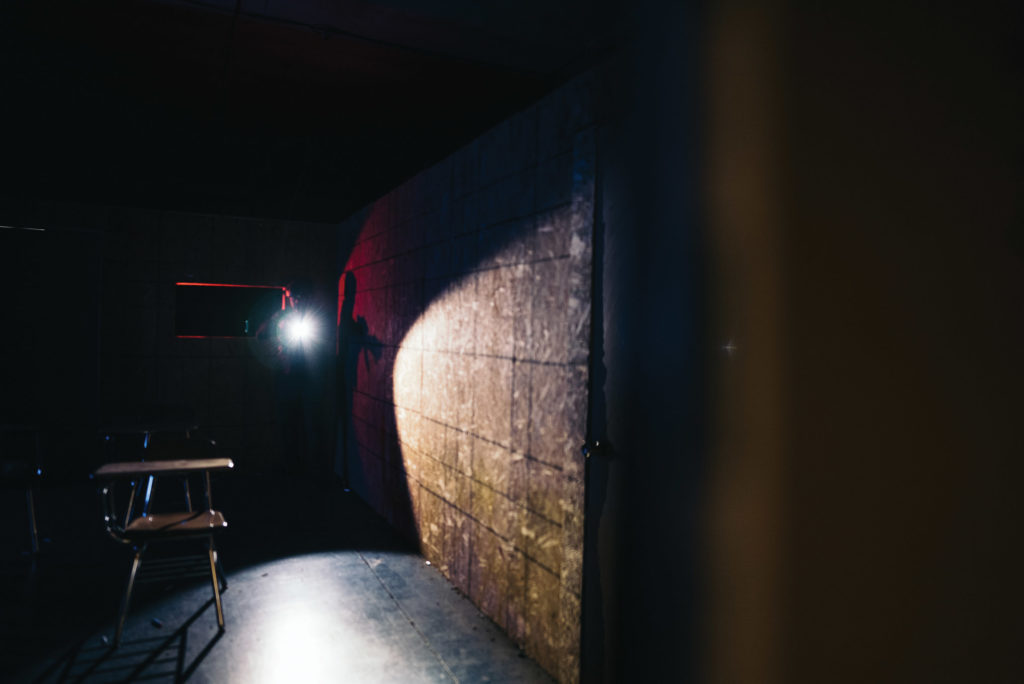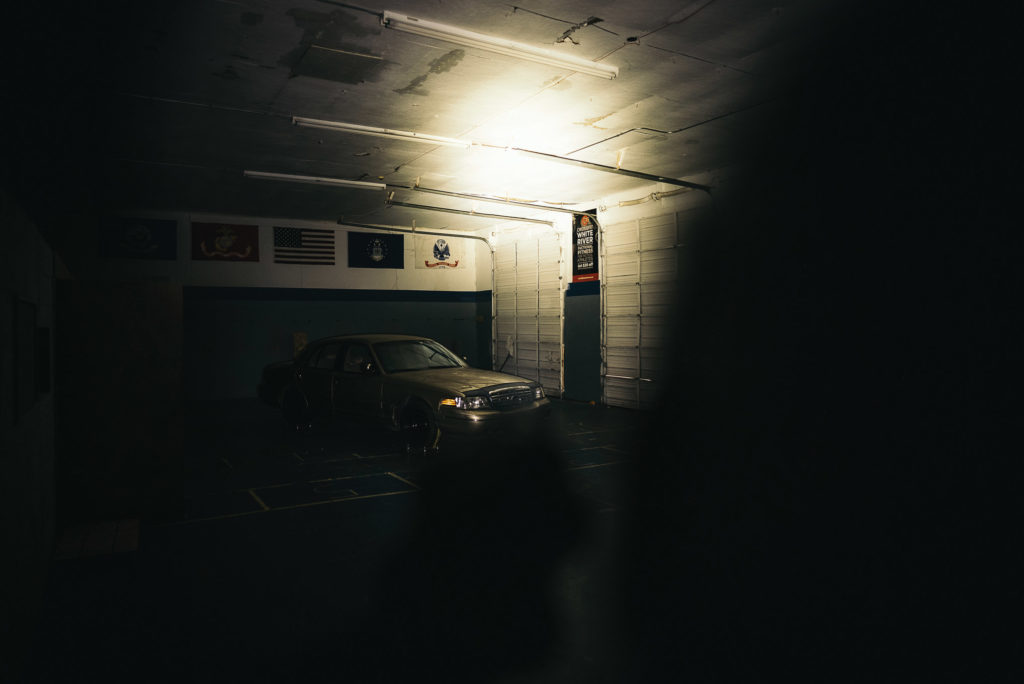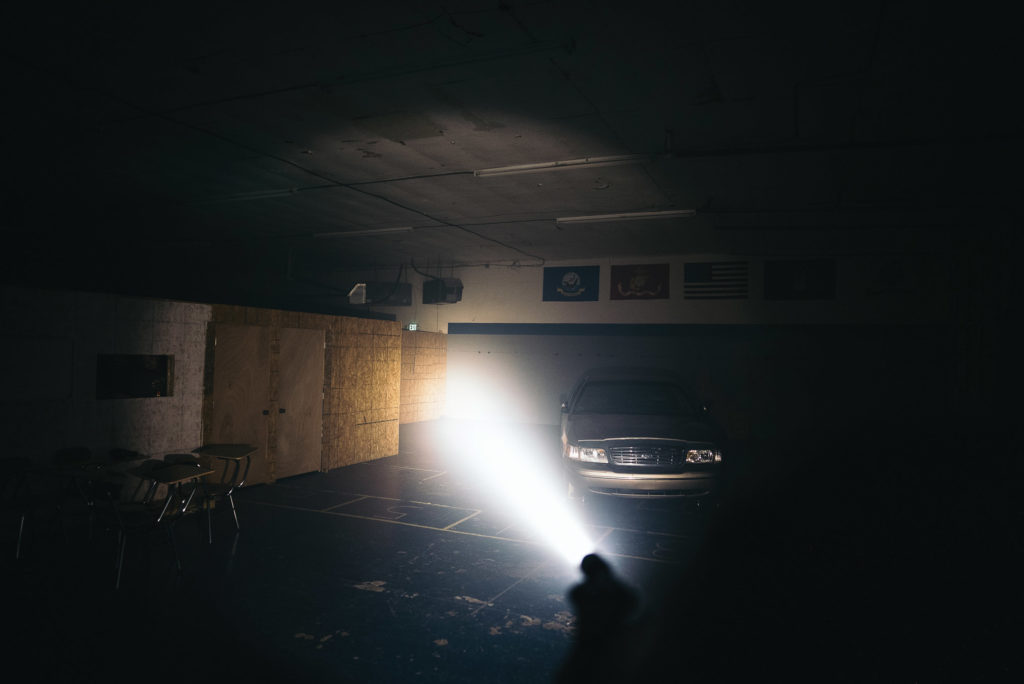In This Article
Water is one of the fundamental elements required for human life. If you’re completely cut off from any form of drinking water, you could die in as little as three days, depending on environmental factors and your level of physical exertion. However, a total absence of water usually isn’t the problem — it’s much more likely that you’ll be able to find a lake, pond, creek, or a puddle somewhere in the vicinity. Even if these natural water sources look clean, they can be teeming with dangerous bacteria (such as Cholera and E. coli) that would only be visible through a microscope. Even if they smell clean, they can contain dormant parasites (such as cryptosporidium and giardia) and viruses (such as hepatitis A and norovirus). Even if they’re not shallow or stagnant, they might be carrying the remnants of a rotting animal corpse or raw sewage from further upstream. Instead of rolling the dice and hoping you don’t end up puking your guts out in a few hours, you should always have a plan to purify water in the field such as a survival water filter.
Narrowing Down the Options
Boiling is a tried-and-true method of killing invisible pathogens in water, but it’s far from convenient. You’ll need to set up camp, start a fire, gather water in a heat-resistant vessel (assuming you have one), wait for it to reach a rolling boil, and wait some more for it to cool enough to drink. Chemical purifier tablets or droplets don’t require a heat source, but most need at least half an hour to take effect, and many leave an unpleasant aftertaste. You might also recall one of the numerous improvised water-purification techniques we’ve discussed in previous issues, such as a solar still. All of these are valuable techniques to know, but we wouldn’t rely on any of them as a primary means of purifying water. They also won’t help to strain out the unappealing muck and floaties that are swirling in your cup.
As usual, humans have solved this problem by using our brains and opposable thumbs to craft tools. Portable water purifiers allow us to produce safe, drinkable water in seconds rather than minutes or hours, without using up our consumable resources. Inexpensive, compact straw-style devices such as the LifeStraw are good survival water filter for occasional use or emergencies, but they have some downsides. First, they’re powered by suction, so it’s tiring to gather more than a few gulps of water. Second — with a few exceptions such as the Sawyer Squeeze — they must be used on-site at a body of water, rather than offering a means of portable hydration. There’s a reason our ancestors started carrying water in animal hides, gourds, and other vessels thousands of years ago — it allowed us to venture further from the rivers and coastlines.
With all of this in mind, we rounded up three water purifiers that share some of our key criteria for backpacking, camping, or survival outdoors. Each of them uses pressure to rapidly push water through a survival water filter, instead of forcing the user to go blue in the face sucking gallons through a tiny straw. All three also feature ways to help you carry water on the move — either an integrated bottle, an output hose to fill your reservoir of choice, or both. These purifiers are small and light enough to easily fit into a backpack, and most importantly, they offer high-level protection against the most common waterborne pathogens: bacteria, protozoan cysts, and viruses. They’ll also filter out sediment, certain dissolved chemicals, and heavy metals, thereby improving the taste, odor, and clarity of even the grimiest water source you can track down.
Setting the Bar
How pure should water be before you can consider it safe to drink? Two major safety certification organizations, NSF International and ANSI, joined forces to create a standard called NSF/ANSI P231 that answers that question. Based on data from a U.S. Environmental Protection Agency report titled “Guide Standard and Protocol for Testing Microbiological Water Purifiers,” they concluded that at a minimum, water purifiers should remove 99.9999 percent of bacteria, 99.9 percent of protozoan cysts, and 99.99 percent of viruses from water.
Before you say this sounds like splitting hairs, let’s look at an example. Say you have a cup of water that contains exactly 1,000,000 illness-causing microbes. Basic math tells us that eliminating 99 percent of those microbes would leave 10,000 in the cup — more than enough to make you sick. A 99.9 percent reduction rating would remove all but 1,000, 99.99 percent would remove all but 100, and so on. No water purifier can promise 100-percent effectiveness, but each one of these decimal places offers extra assurance against serious illness.
Much like body armor and tourniquets, water purifiers can be considered life-saving emergency equipment. You don’t want to trust your life to something that will probably be good enough; you want something that has been proven to meet the highest standards. Choose carefully.
In the chart below, each • represents one decimal place after 99 percent.
| Bacteria | Protozoan Cysts | Viruses | Conclusion | |
| NSF/ANSI P231 Standard | •••• | • | •• | |
| GRAYL | •••• | • | •• | Meets standard in all categories. Also meets newer NSF P42 and P53 standards. |
| LifeSaver | •••• | ••• | •• | Meets standard for bacteria and viruses. Exceeds standard for protozoan cysts. |
| Survivor Filter | •••* | ••• | ••• | May not meet standard* for bacteria. Exceeds standard in other categories. |
*See Our Notes on the Survival Filter for more details.
GRAYL GeoPress
Dimensions: 3.4 by 10.4 inches
Weight: 1 pound
Lifespan: 250 liters / 350 refills per replaceable cartridge ($30 each)
MSRP: $90
URL: grayl.com
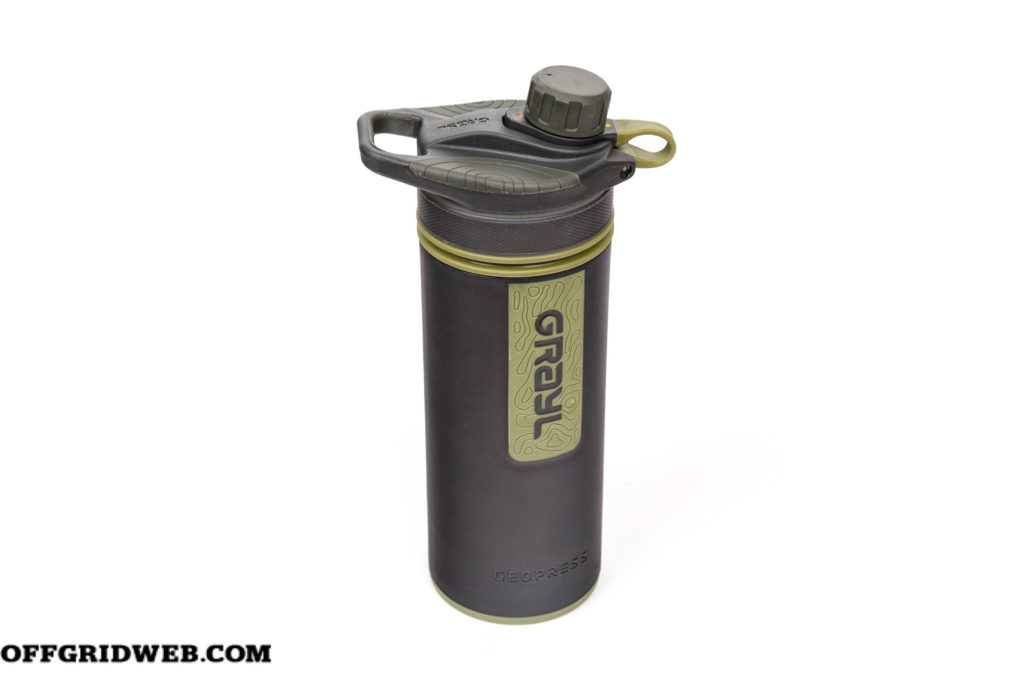
What Can It Do?
We weren’t able to find a PDF of test results for the GeoPress on Grayl’s site (see update below). However, the company clearly states that it was “independently tested by a certified laboratory” and shown to remove 99.9999 percent of bacteria, 99.9 percent of protozoan cysts, and 99.99 percent of viruses. This claim meets the NSF/ANSI P231 standard.
Update 6/30/2021 – After the publication of this article, a Grayl representative reached out to us via email, and provided PDFs of independent test results from BCS Laboratories in Gainesville, Florida. These test results verified the claims mentioned above, confirming that the Grayl GeoPress meets NSF/ANSI P231 standards as well as the more recent NSF P42 and P53 standards. The latter two NSF standards involve reduction of substances with aesthetic effects (chlorine, particulate, etc.) and substances with health effects (Cryptosporidium, volatile organic compounds, etc.). In addition, the laboratory performed testing for removal of microplastics and exhaustion testing “to verify efficacy over the lifetime claims of the cartridge.” Based on our experience reviewing other purifiers, this is an extremely thorough suite of tests.
Best of all, we learned that Grayl sends samples from every production lot to BCS to confirm that its product quality remains consistent. The documentation states, “Over the past 5 years, Grayl has run microbiological (bacteria, virus, and protozoa cyst) removal testing on samples from every production lot (in total over 40 production lots with hundreds of samples tested).”
Although these documents are not currently available for public download on Grayl’s site, the representative told us the company is “in the process of creating a landing page on [its] website to host testing data and lab-certified results.” We hope to see this in the future, as it will give every customer the same peace of mind we now have about the GeoPress.
How Does It Work?
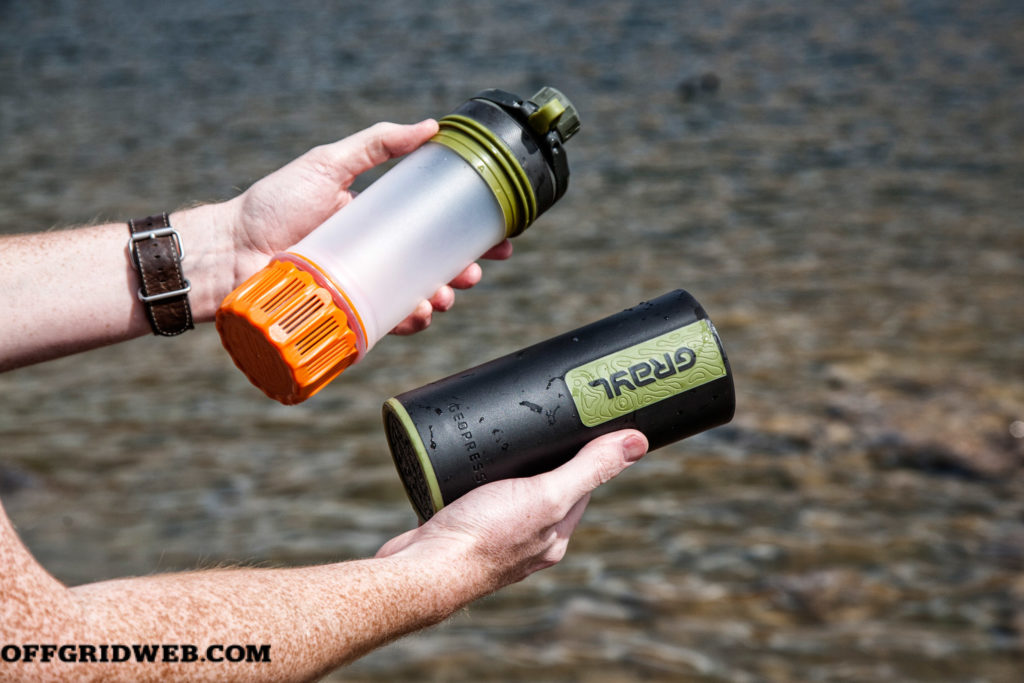 1. Pull apart to separate outer sleeve from the purifier.
1. Pull apart to separate outer sleeve from the purifier.
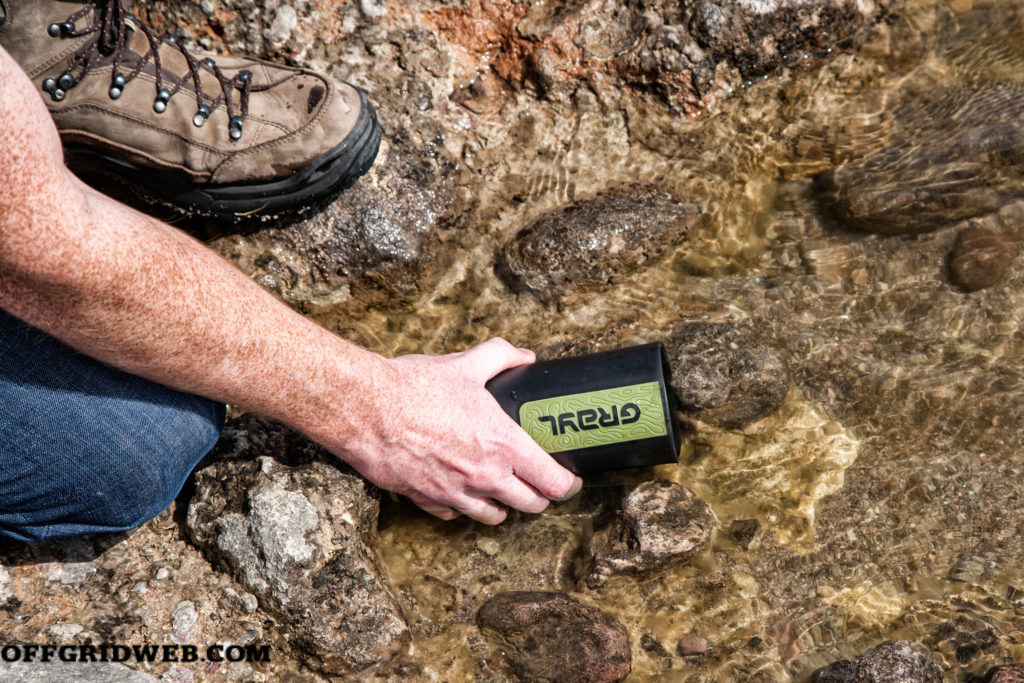 2. Fill sleeve with dirty water to the indicated maximum line.
2. Fill sleeve with dirty water to the indicated maximum line.
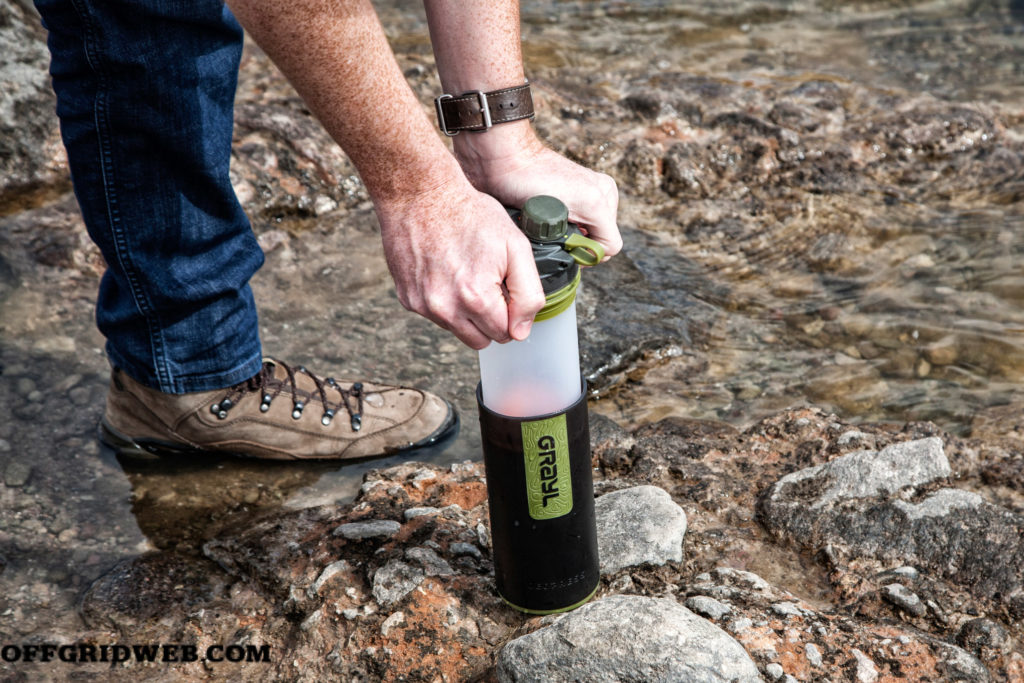 3. Loosen “Simplevent” spout cap by a half turn to allow air to escape. Then, press the purifier firmly into the sleeve, forcing water up through the purifier cartridge.
3. Loosen “Simplevent” spout cap by a half turn to allow air to escape. Then, press the purifier firmly into the sleeve, forcing water up through the purifier cartridge.
Notes:
Back in our “H2O Hygiene” buyer’s guide in Issue 15, we reviewed the predecessor to this purifier, the Grayl Ultralight, and awarded it our “Top Pick” above seven other competitors. The GeoPress is essentially a larger version of the same concept, but with a few notable improvements. Its capacity is now 24 fluid ounces, allowing the user to filter more water per press and travel further between refills. The styling is more appealing, with rubberized Topogrip accents and a variety of color combinations to choose from. But the most important upgrades are found on the cap. While it can be unscrewed and removed like the Ultralight, it also has a small pour spout with a second protective cap. This makes it more convenient to drink from, and greatly reduces the risk of cross-contamination while pressing on the purifier. There’s even a loop for carrying it or clipping it to gear. As much as we liked the Ultralight, the GeoPress outshines it in every way, as long as you can accept that it’s a tiny bit heavier (5 ounces, to be exact).
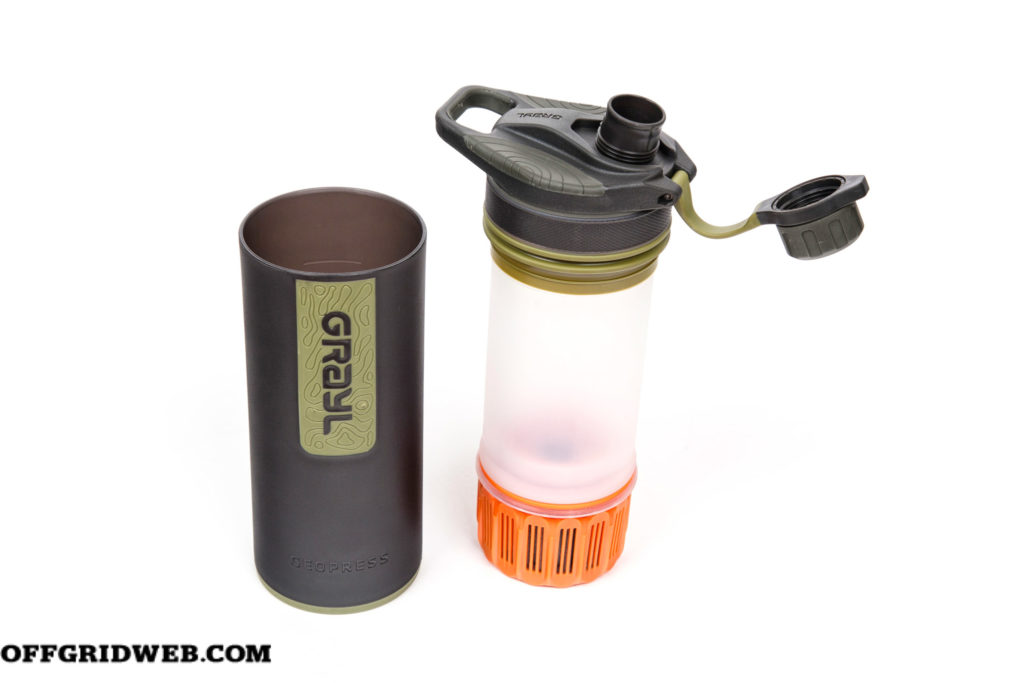
Pros:
- Wonderfully fast and convenient — just scoop, press down for 8 seconds, and drink
- 24-ounce capacity makes this a good stand-alone bottle
- This cap design is a huge improvement compared to the old Ultralight. It protects the spout from contamination and allows air to vent without exposing the clean water.
Cons:
Grayl repeatedly states that the GeoPress meets the NSF/ANSI P231 standard, and the listed reduction specs match this claim. However, we’d have a little more peace of mind if we could validate the reduction ratings by viewing the test results firsthand.(Update: See notes under “How Does It Work?” heading above.)- Relatively short cartridge lifespan leads to a higher long-term operating cost
LifeSaver Liberty
Dimensions: 3.2 by 10 inches
Weight: 1.2 pounds / 1.4 pounds with accessories
Lifespan: 2,000 liters / 5,000 refills per replaceable cartridge ($55 each)
MSRP: $140
URL: iconlifesaver.com
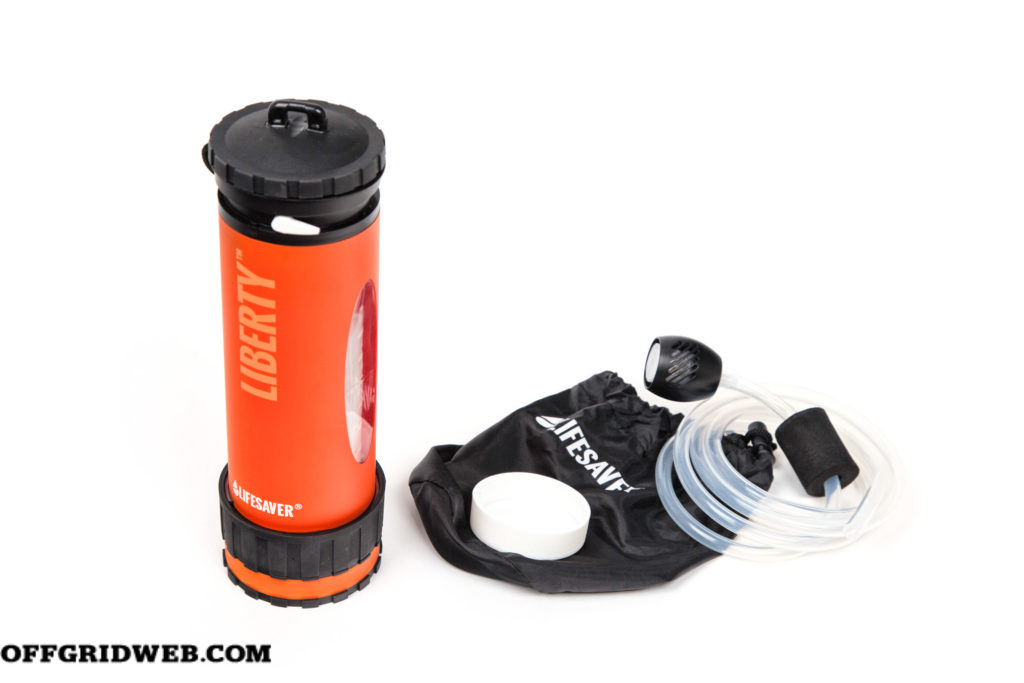
What Can It Do?
Independently tested by BCS Laboratories in Gainesville, Florida. A summary of test results is available in PDF format on the manufacturer’s website. This purifier was shown to remove more than 99.9999 percent of bacteria, 99.999 percent of protozoan cysts, and more than 99.99 percent of viruses. These results exceed the NSF/ANSI P231 standard.
Update 7/6/2021 – After the publication of this article, a representative from Icon LifeSaver reached out to us to clarify some points regarding the the Liberty purifier. To summarize, the Liberty doesn’t just meet the P231 log reduction requirements. It is tested using the exact NSF/ANSI P231 test protocol — this involves a specific sequence of procedures, including testing the filter continuously for ten days with contaminated tap water and worst-case-scenario water (altered pH and temperature, high levels of sediment, bacteria, and other realistic contaminants).
For those who want more details, we’ll share the exact explanation we received from Lifesaver:
In short, there are some companies who claim to ‘meet’ NSF P231/ANSI reduction standards, but they haven’t actually passed the test itself and there is a very important difference. The full P231 test is very rigorous and involves testing products against two types of water over a number of days. The first is Type 1 water and is effectively ‘clean’ tap water, which has been spiked with plastic ‘microbiological contaminant sized’ surrogates. The second water type is Type 3 ‘challenged’ water and it’s full of organics, designed to replicate the ‘worst’ case water you might come across in the actual outdoors.
It’s also important to be aware of the subtle difference in the technologies used in the products you reviewed. The LifeSaver and the Survivor Pro filters both use hollow fibre membrane technology i.e a ‘physical barrier’ or ‘occlusion’ style filter. The Grayl products use Adsorptive technology, which involves a chemical reaction style filter. The difference is that occlusion filters maintain a constant degree of efficacy from their first litre to their final litre. Therefore, the claims made in testing reports are constant and reliable for the life of the product. Adsorptive technology on the other hand is at its most effective on its first use and its efficacy drops continually over time as it’s used i.e. for every litre going through the product, the water produced is less and less safe. There is no way to know when adsorptive filters have become fully ineffective either. Whereas hollow fibre membranes will eventually block up and require replacing, so you have a visual indication of when you need to change filters. This is why we call our technology ‘fail safe’.
Finally, addressing the potential weakness of the water flow valve on the Liberty bottle which you mentioned in the review, I thought you might like to know that we stress test all of our batches of Libertys. These tests range from performing manual repeated drop tests from over 1m height, to using automated machines to work the moving parts repeatedly to check for durability issues. In the video, you’ll see our test includes repeatedly using the water flow valve and the pump. This process has never broken the parts yet.
How Does It Work?
BOTTLE MODE
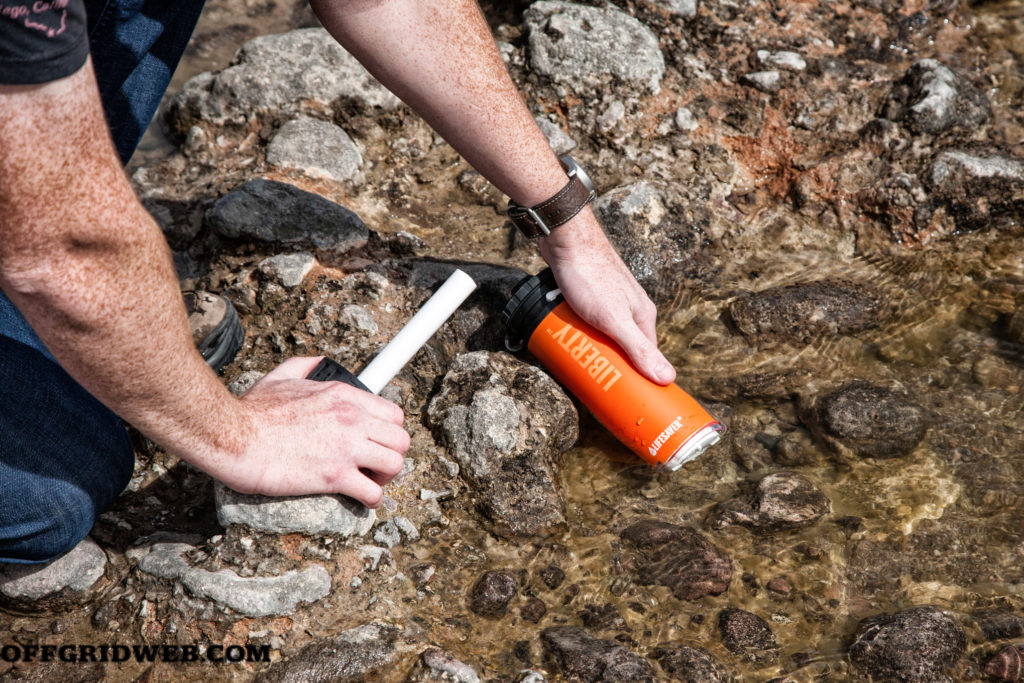 1. Unscrew base of purifier, and scoop dirty water into the reservoir.
1. Unscrew base of purifier, and scoop dirty water into the reservoir.
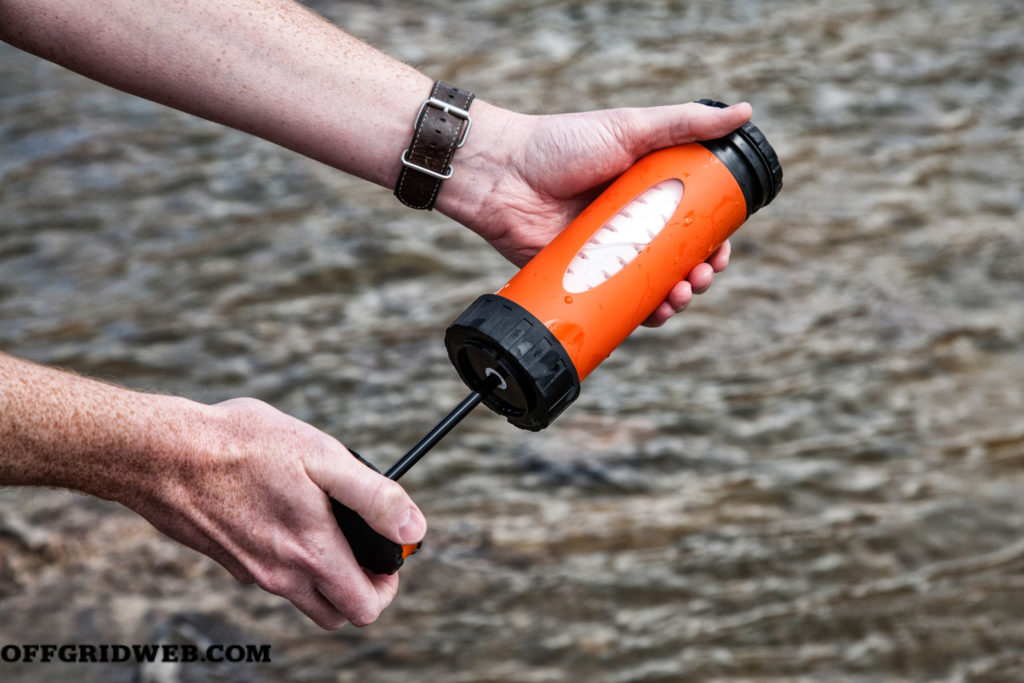 2. Tightly screw on base, then twist bottom cap a half turn to unlock pump handle. Pump three times.
2. Tightly screw on base, then twist bottom cap a half turn to unlock pump handle. Pump three times.
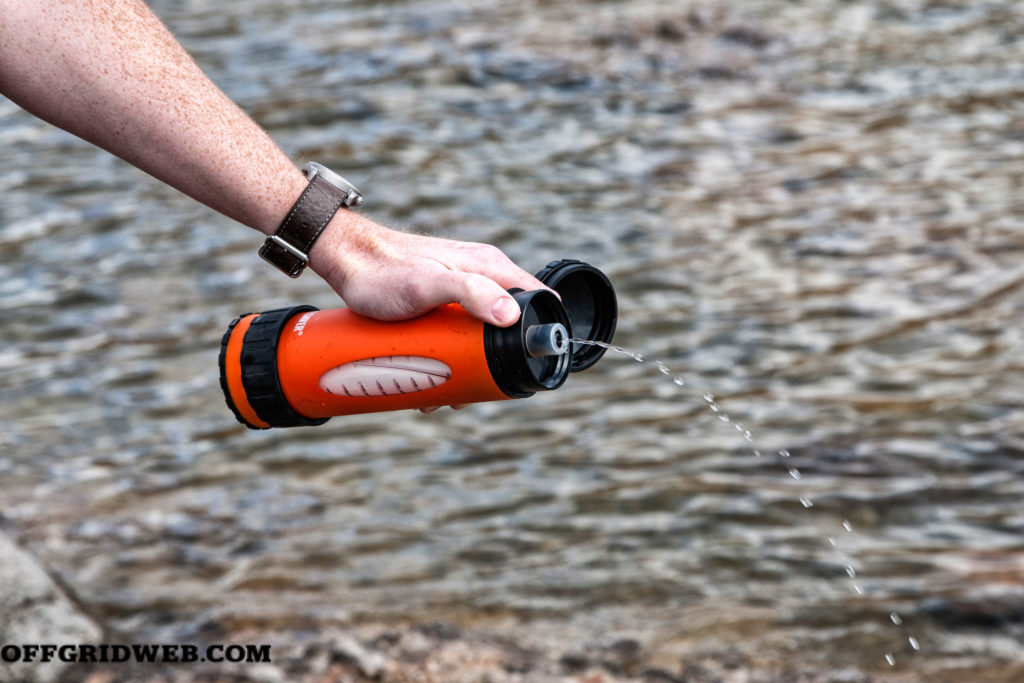 3. Unscrew top cap and rotate white flow valve 90 degrees to release pressurized water from nozzle. Continue pumping to maintain flow rate as needed.
3. Unscrew top cap and rotate white flow valve 90 degrees to release pressurized water from nozzle. Continue pumping to maintain flow rate as needed.
PUMP MODE
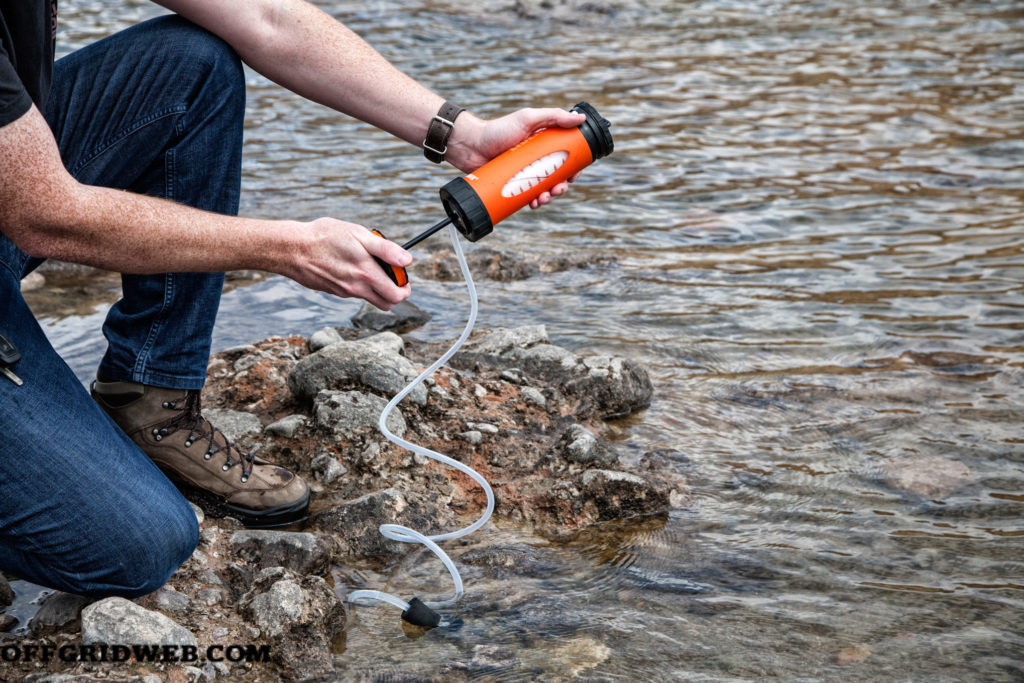 Attach scavenger hose to inlet on bottom cap. Place float in dirty water source. Open lid and water flow valve, then pump continuously to maintain flow rate.
Attach scavenger hose to inlet on bottom cap. Place float in dirty water source. Open lid and water flow valve, then pump continuously to maintain flow rate.
Notes:
Much like the Grayl GeoPress improved upon the Ultralight, the LifeSaver Liberty is an evolution of this UK-based company’s previous purifier, the original LifeSaver Bottle. We also reviewed that purifier back in Issue 15. The Liberty condenses LifeSaver’s ultra-filtration technology into a smaller package. The durable body is available in five different colors, each with black rubberized accents and clear windows to show the water level inside its 400-milliliter (13.5 fluid ounces) container. Twisting the top cap a half turn reveals an output nozzle surrounded by a sports-drink-style rubber bite protector. An optional hose can be connected here to pipe clean water into a bottle or bladder, or the entire purifier can be inverted and screwed onto a wide-mouth bottle. Our favorite feature is the scavenger hose attachment, which comes in a drawstring carry bag. Hooking it up converts this bottle into an in-line pump that can process 1.2 liters of clean water per minute. For quick fill-ups on the trail, it can be used in bottle mode, but pump mode is our first choice for use on longer treks or at a campsite.

Pros:
- Extremely versatile — can be used as a stand-alone bottle, threaded onto a wide-mouth Nalgene, or installed in-line on a CamelBak with the optional hydration tube adapter ($22)
- Pressurized water stream is useful for washing hands or dishes
- Bottle mode works well for individuals; pump mode is great for families and small groups
Cons:
- Immersing the container to fill its reservoir immerses the output side of the purifier in dirty water. If the protective cap isn’t fully tightened, this could lead to cross-contamination of the purified water nozzle.
- The white plastic flow valve lever is thin
and seems like it might snap off easily. We would’ve preferred a larger, sturdier knob for this critical control. (Update: LifeSaver sent us an email that gave additional information on the flow valve, including video evidence of repetitive mechanical stress testing of this part. Although we still feel its shape and size could be more ergonomically-friendly, this reassures us about its durability.)
Survivor Filter Pro
Dimensions: 4.5 by 7.5 by 3 inches
Weight: 1.2 pounds
Lifespan: 100,000 liters for replaceable pre-filter and ultra-filter ($30 for both); 2,000 liters for replaceable carbon filter ($15 each)
MSRP: $70
URL: survivorfilter.com
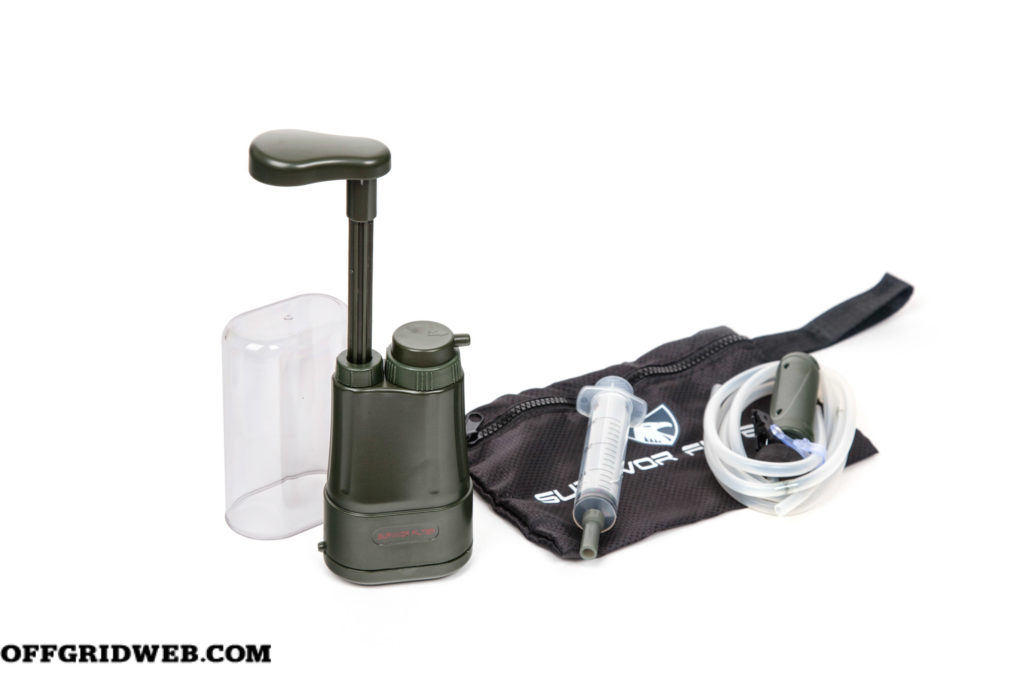
What Can It Do?
Independently tested by Intertek in Columbus, Ohio, for bacteria and virus reduction; independently tested by BCS Laboratories in Gainesville, Florida, for protozoan cyst reduction. Both test results are available in PDF format on the manufacturer’s website. This purifier was shown to remove more than 99.999 percent of bacteria, more than 99.999 percent of protozoan cysts, and more than 99.999 percent of viruses.
How Does It Work?
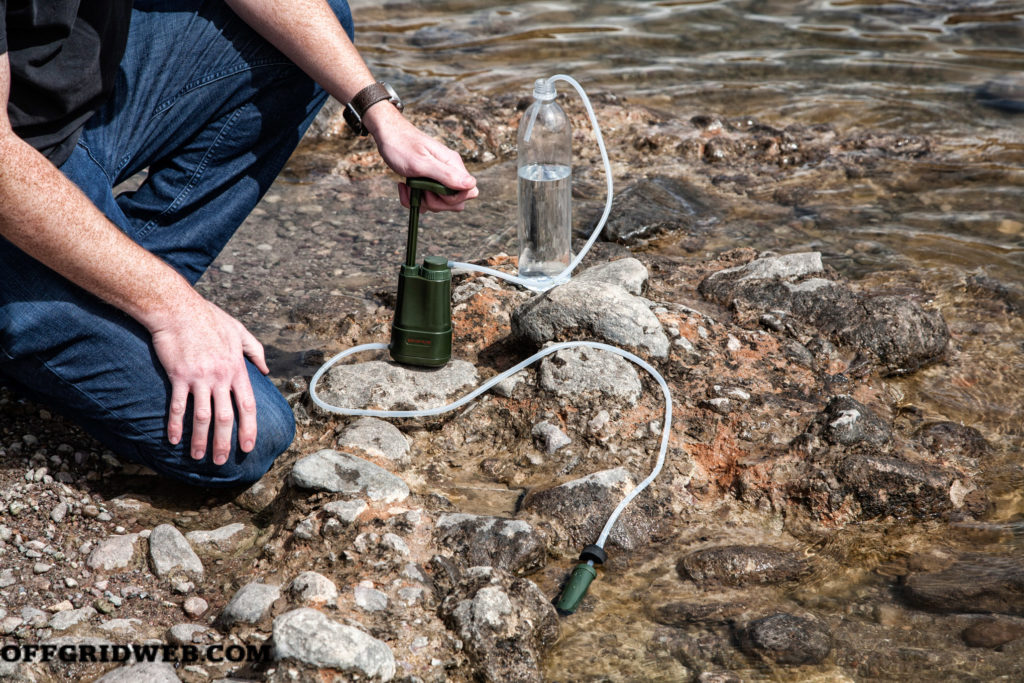 Connect inlet hose to lower nozzle, and place float in dirty water source. Remove clear plastic cap from unit and connect outlet hose to upper nozzle (marked “OUT”). Place end of outlet hose in the clear plastic cap, or a clean water reservoir of your choice, using the included clip to hold it in place if necessary. Pump handle to maintain flow rate.
Connect inlet hose to lower nozzle, and place float in dirty water source. Remove clear plastic cap from unit and connect outlet hose to upper nozzle (marked “OUT”). Place end of outlet hose in the clear plastic cap, or a clean water reservoir of your choice, using the included clip to hold it in place if necessary. Pump handle to maintain flow rate.
Notes:
The most compact purifier of our trio, the Survivor Filter Pro exclusively functions as a pump device. It can’t carry water internally like the other two, but it does have a clear plastic cover that doubles as a cup in a pinch. Otherwise, just stick the outlet hose into your favorite bottle, canteen, or hydration bladder. Working the manual pump produces approximately 500 milliliters of clean water per minute. Much like straw filters, flow rate will gradually decrease over time as the filter becomes clogged. A backflush syringe is included to push clean water back through the survival water filter, which will restore original flow rate in less than a minute. For those who don’t want to lift a finger, an electric-powered Pro X version ($125) is also available and uses two AA batteries to produce the same flow rate with the press of a button.
Pros:
- Packs away neatly into the included carrying case, and doesn’t occupy much space in your ruck
- Low price and long-lasting, user-serviceable survival water filter make this a budget-friendly choice
Cons:
- The results don’t conclusively prove that it meets the P231 standard for bacteria, since “more than 99.999%” is not necessarily the same as “99.9999% or more.” Despite this technicality, it seems very likely that it would pass.
- Its flow rate is the slowest of any of the purifiers we tested — less than half that of the LifeSaver, and 1/10th that of the Grayl.
- Packing recently used clean and dirty water hoses in the same carrying case could lead to cross-contamination. A larger plastic cover would’ve allowed the output hose to be stored safely inside.
More on Hydration Survival Gear and Strategy
- H20 Hygiene: Water Filter and Purifier Buyer’s Guide.
- Tree Branch Water Filter Developed by MIT.

